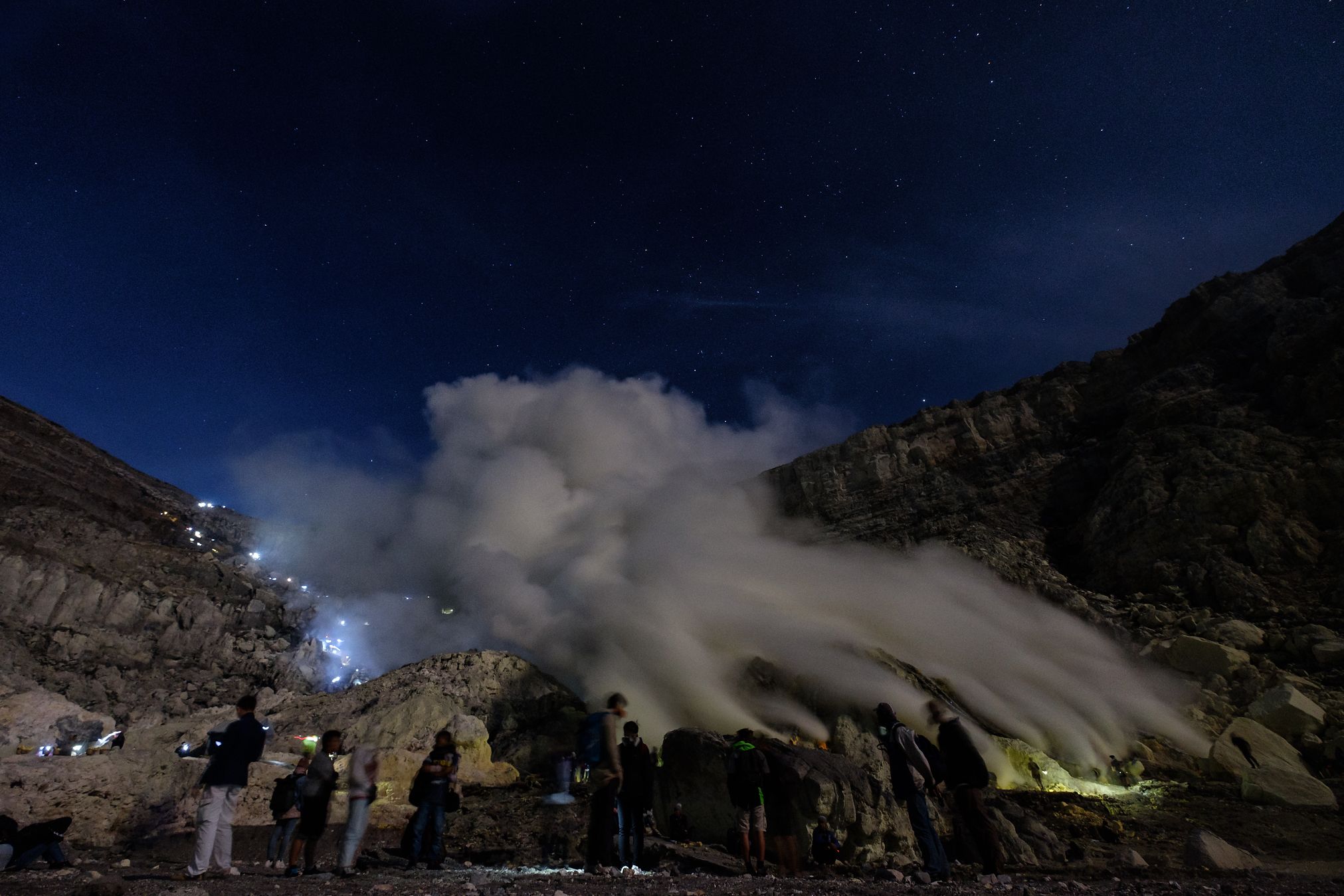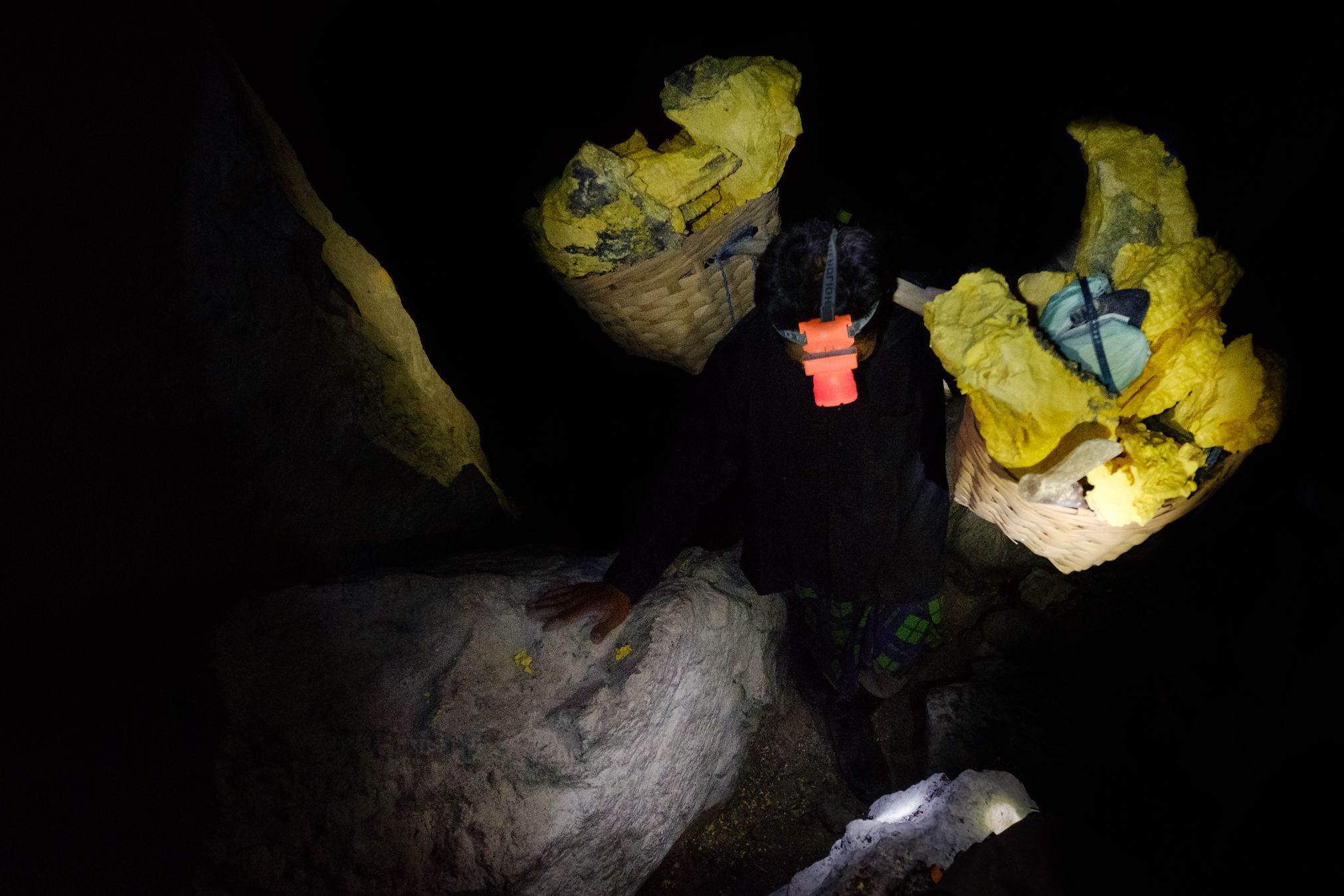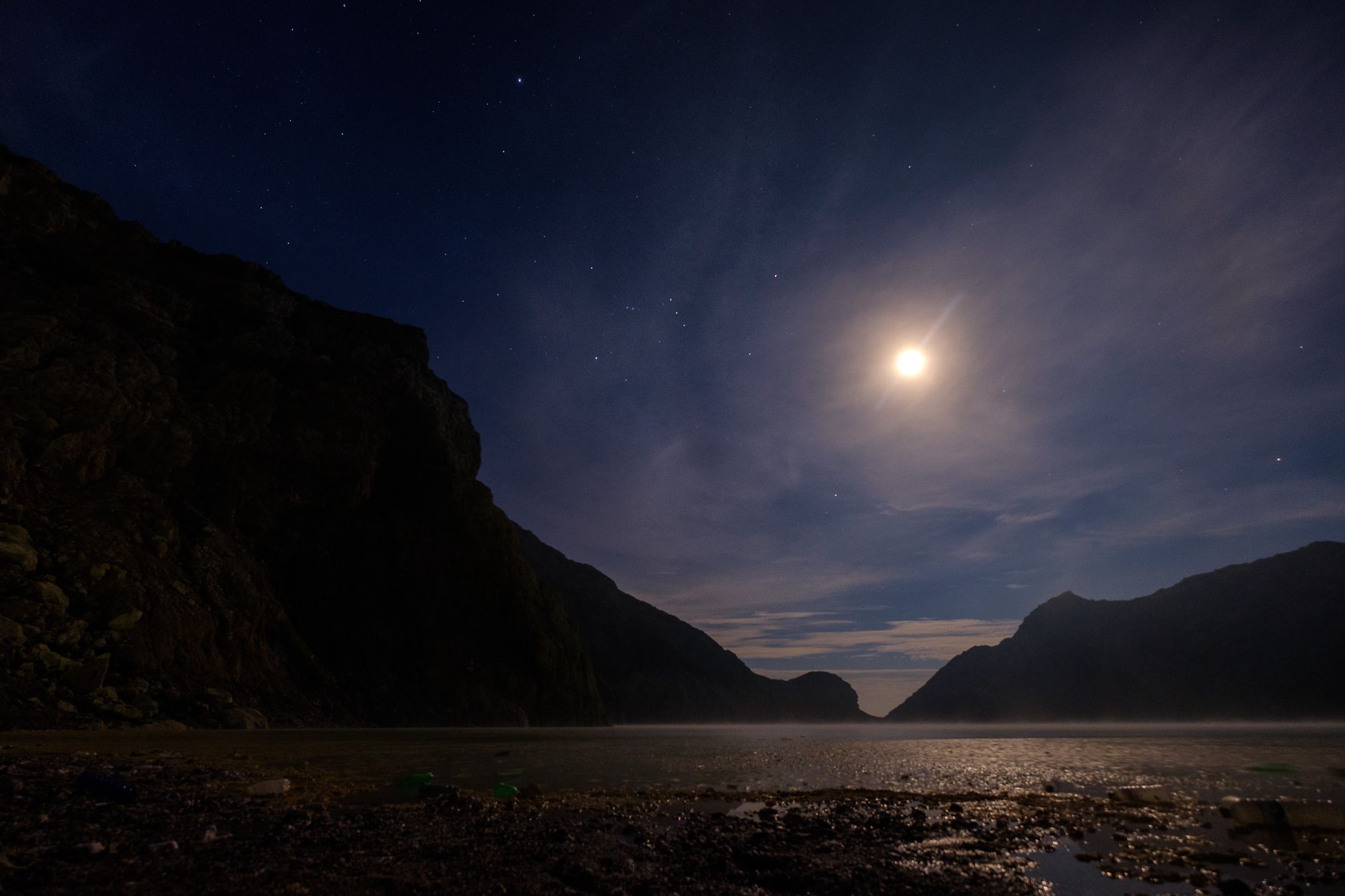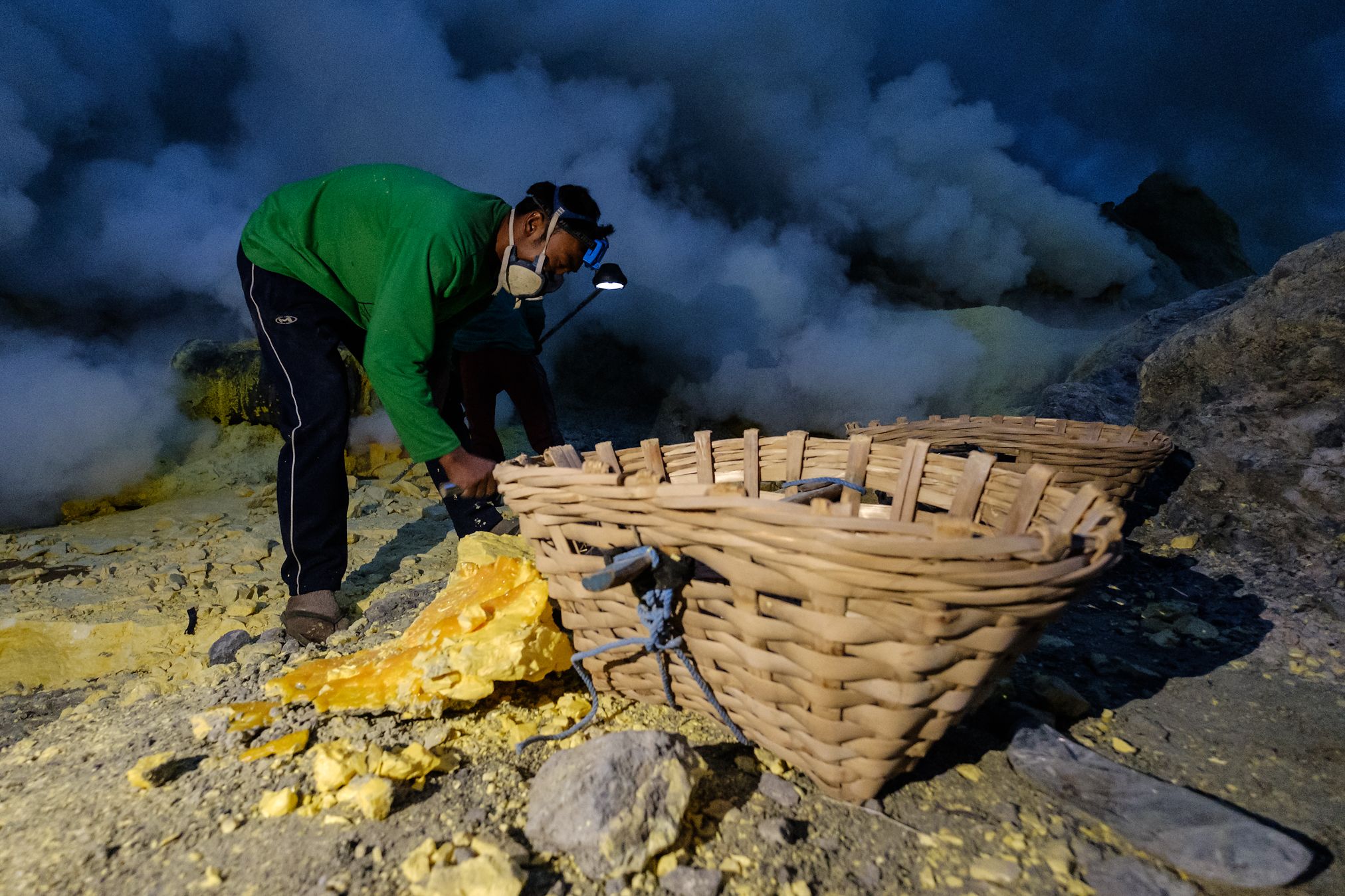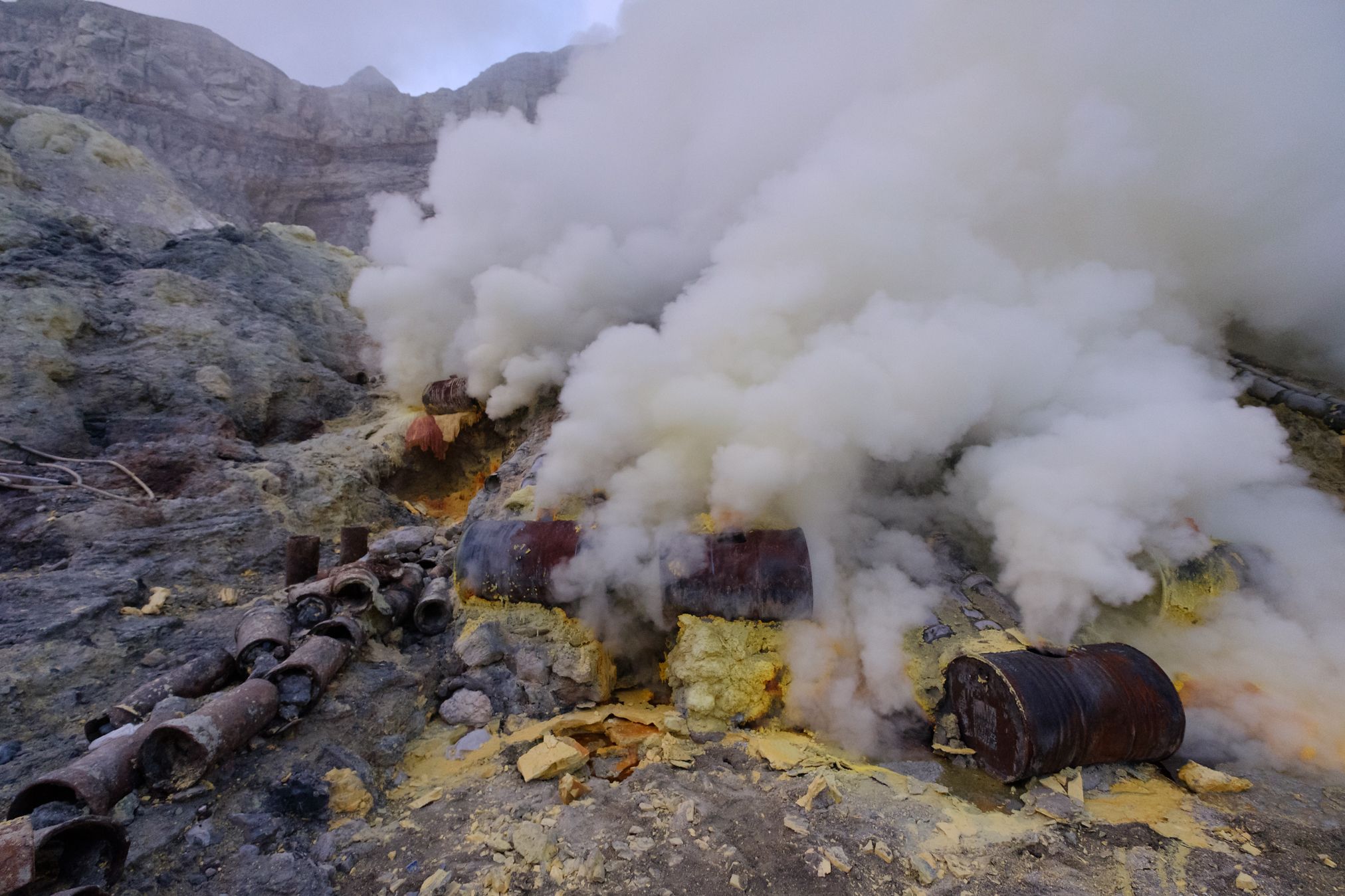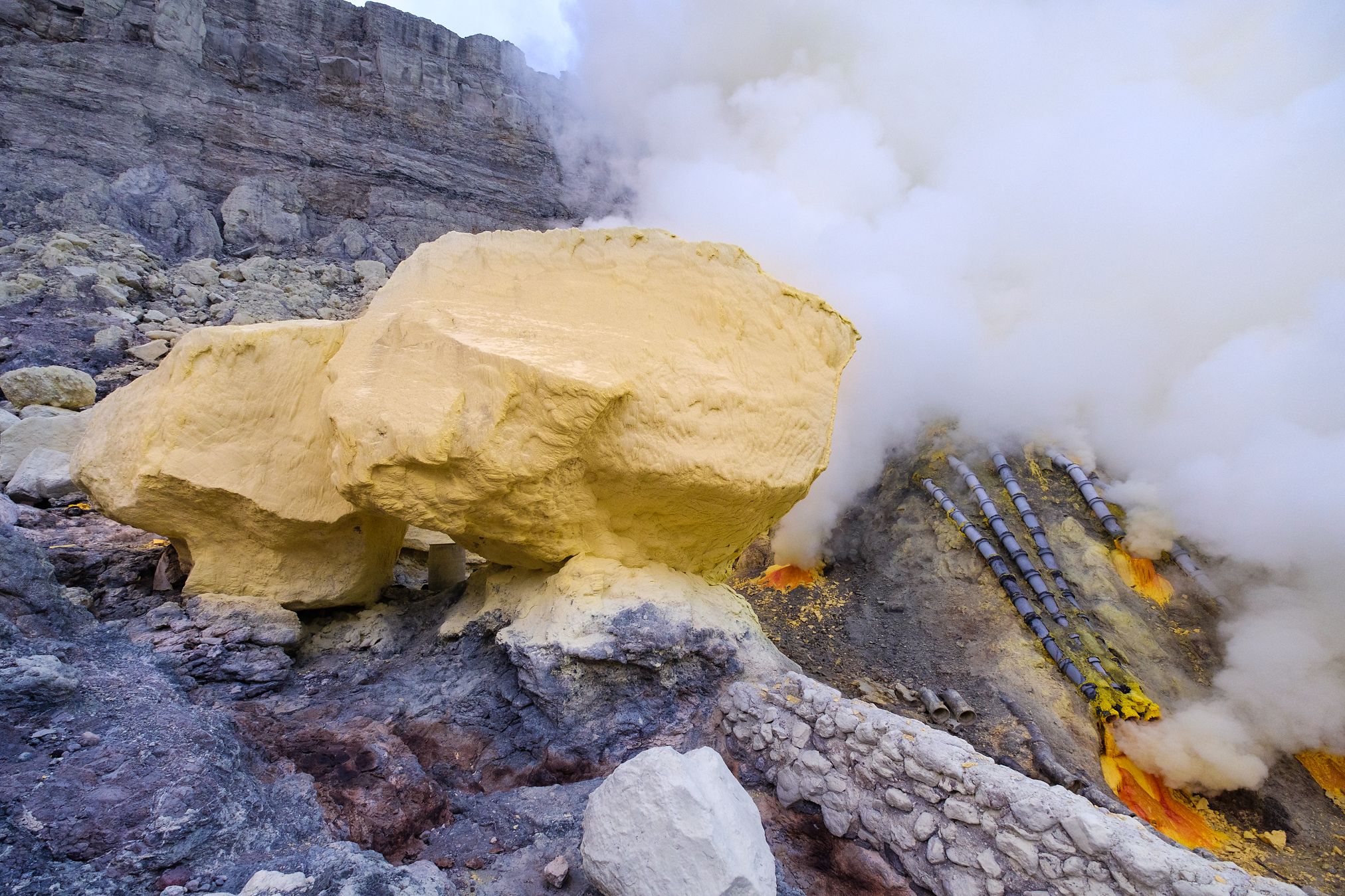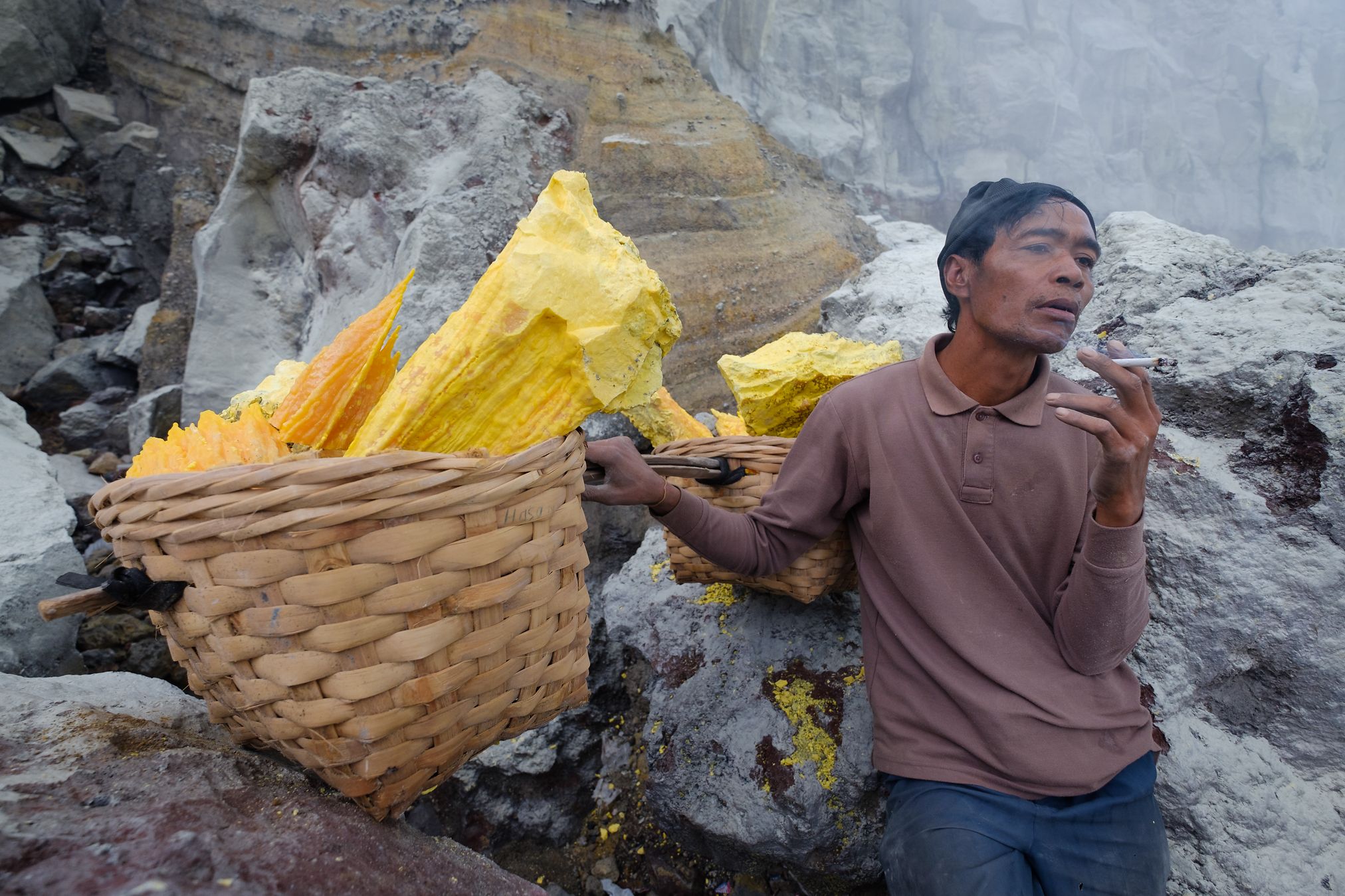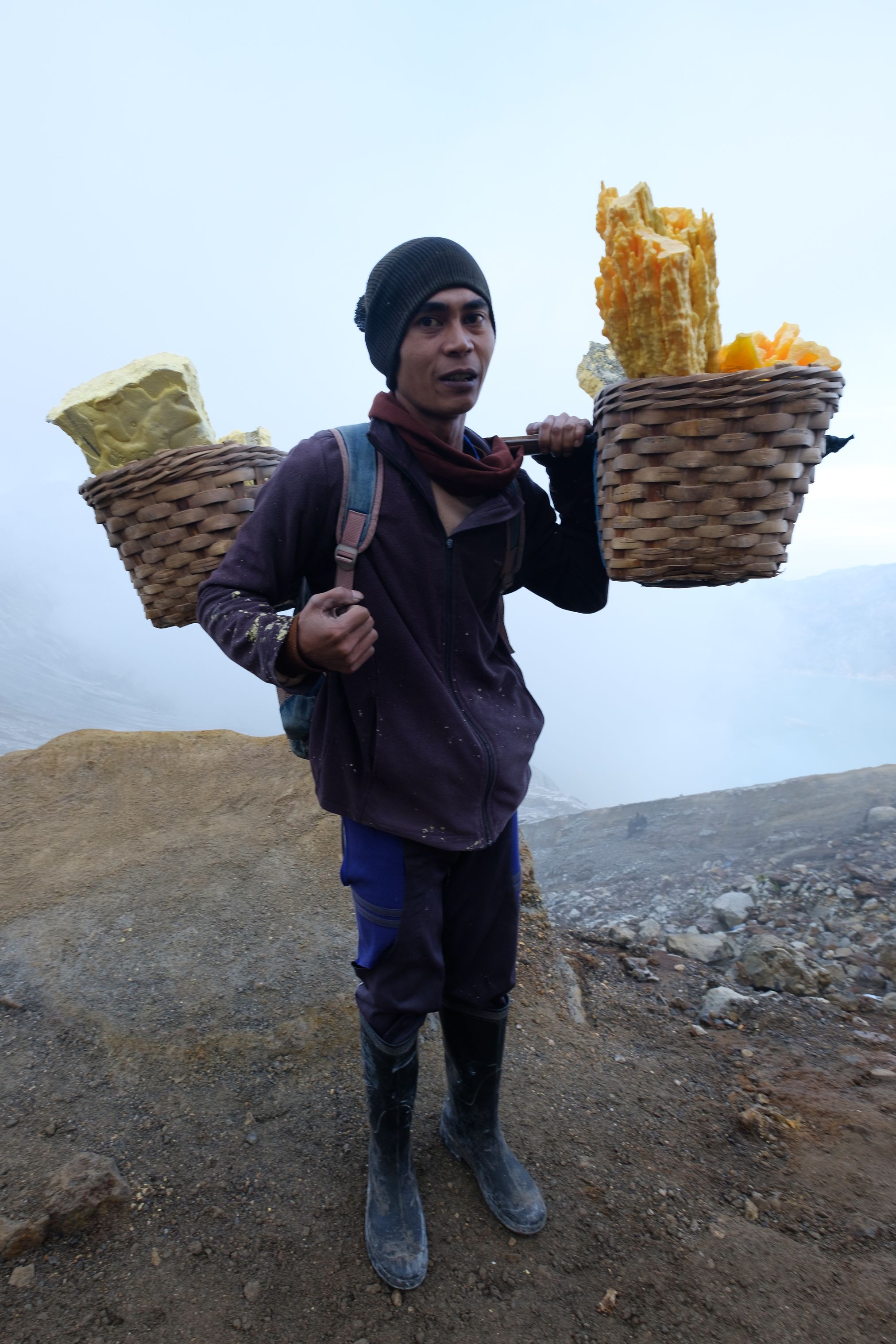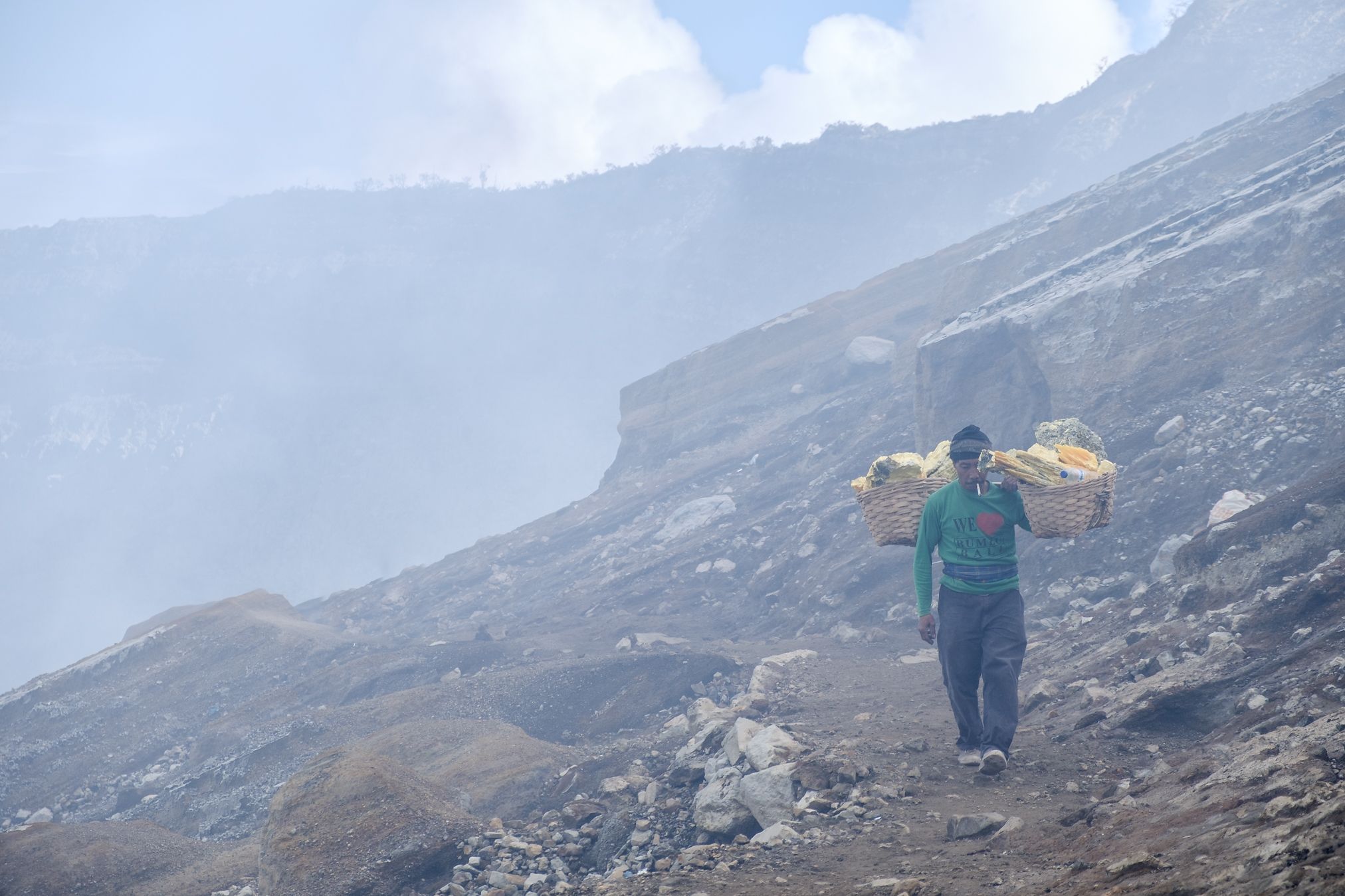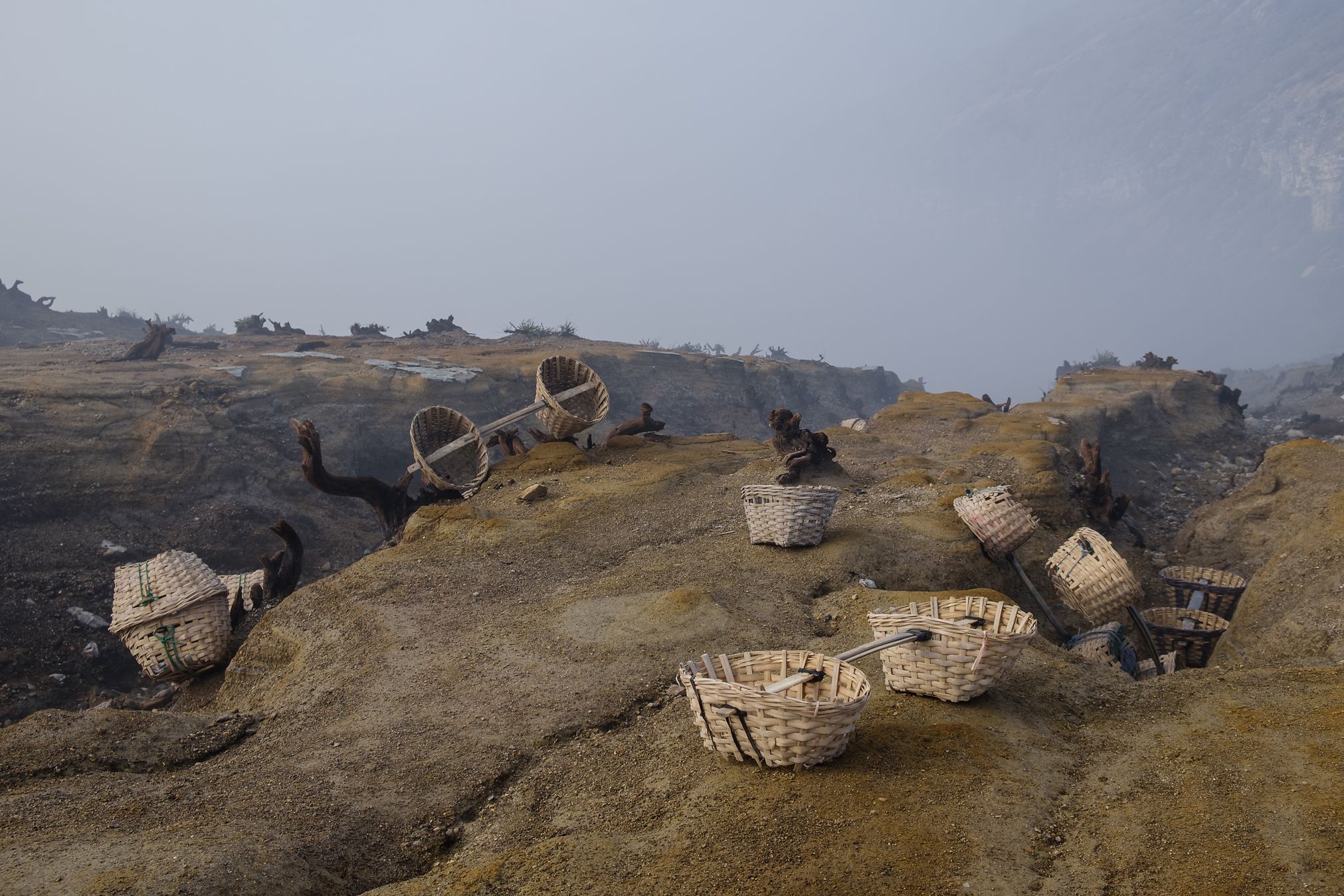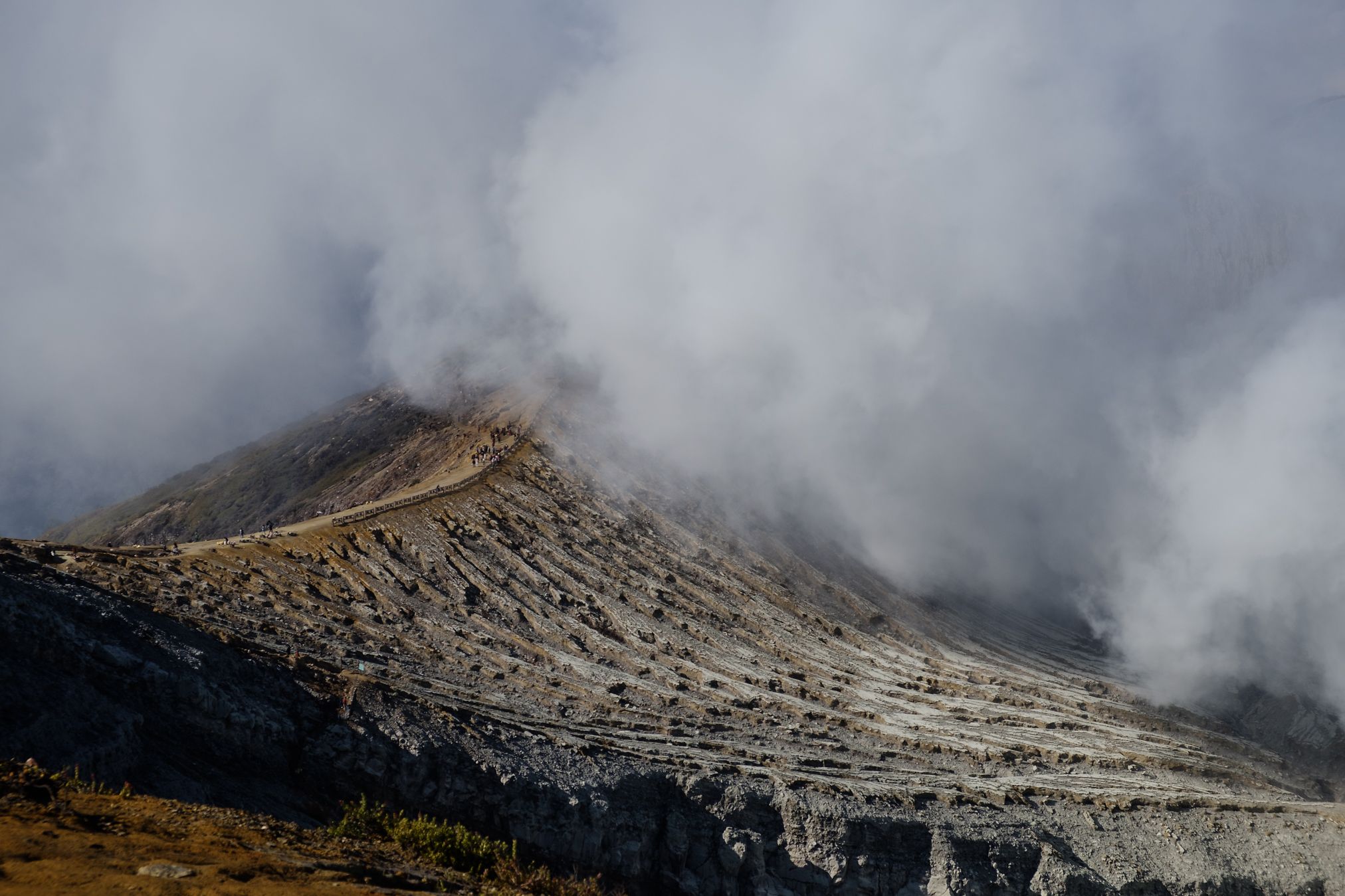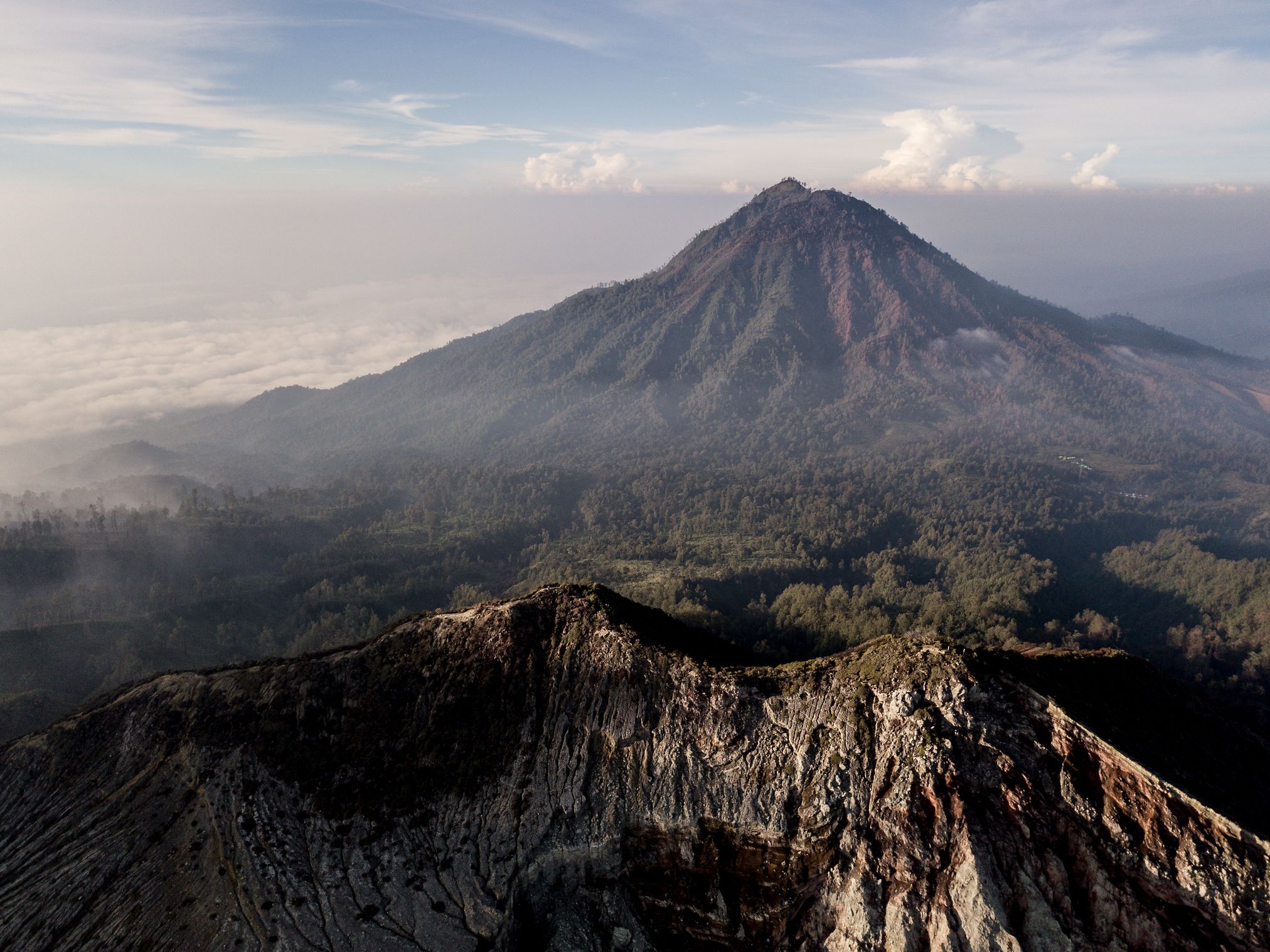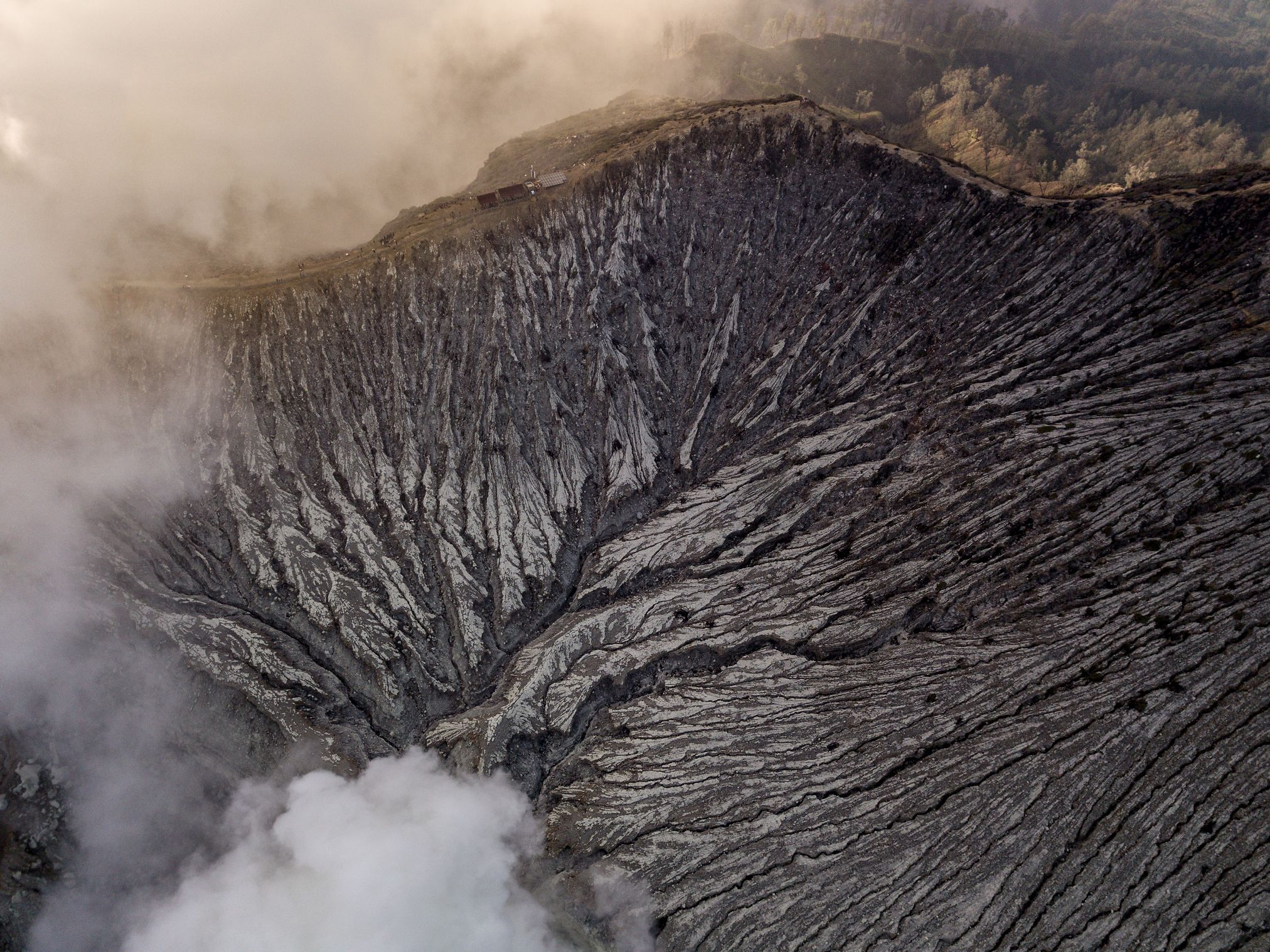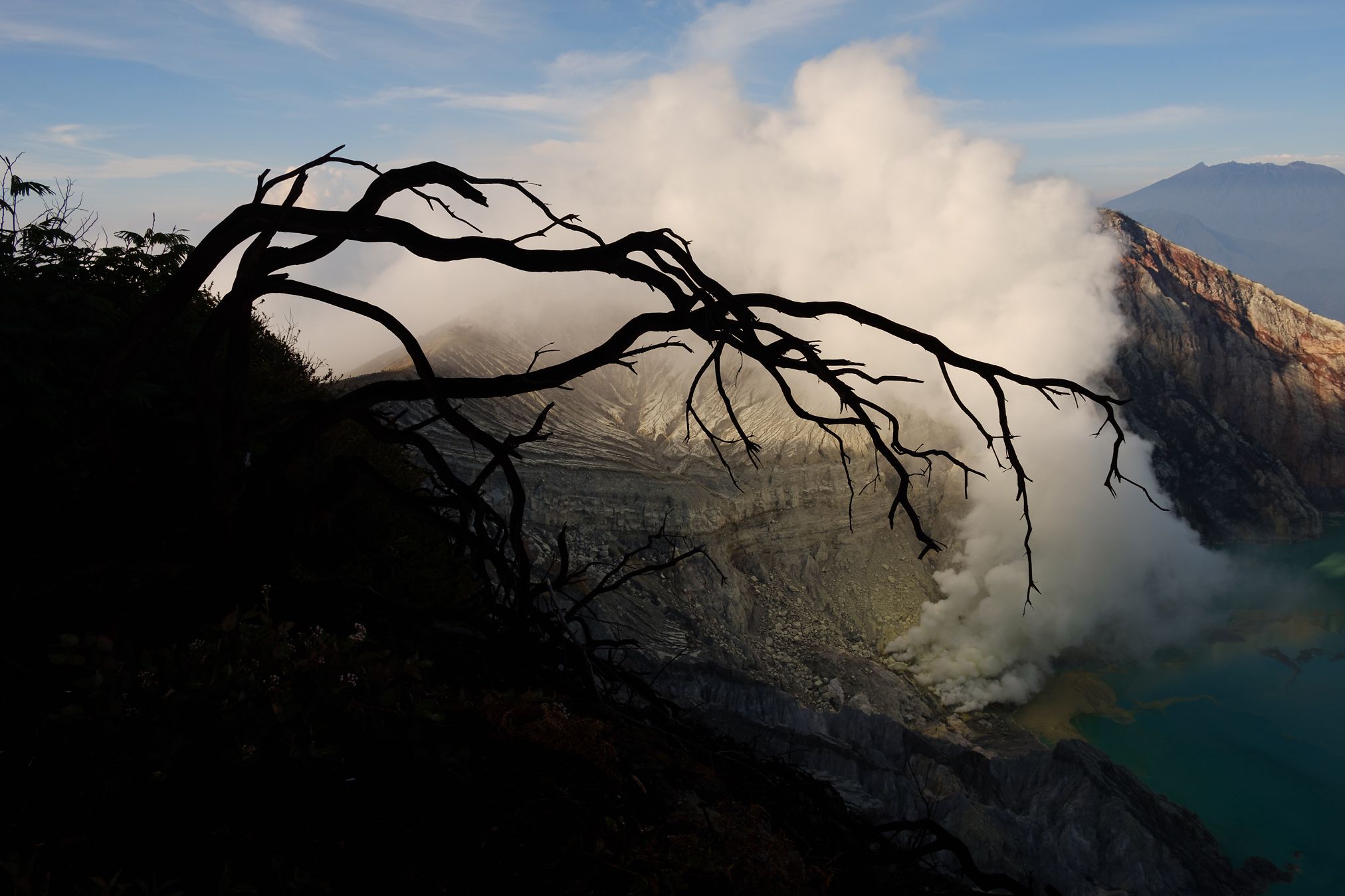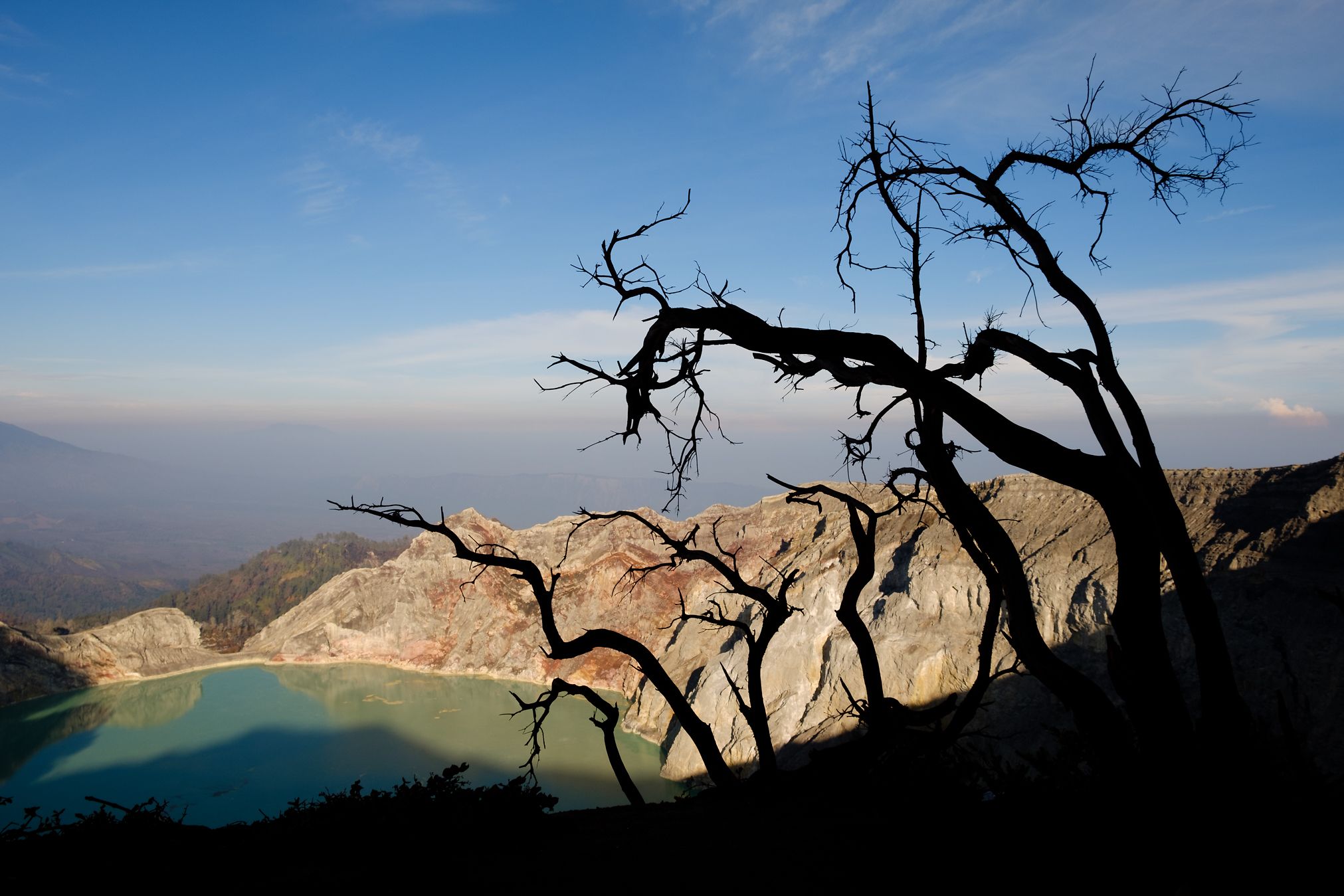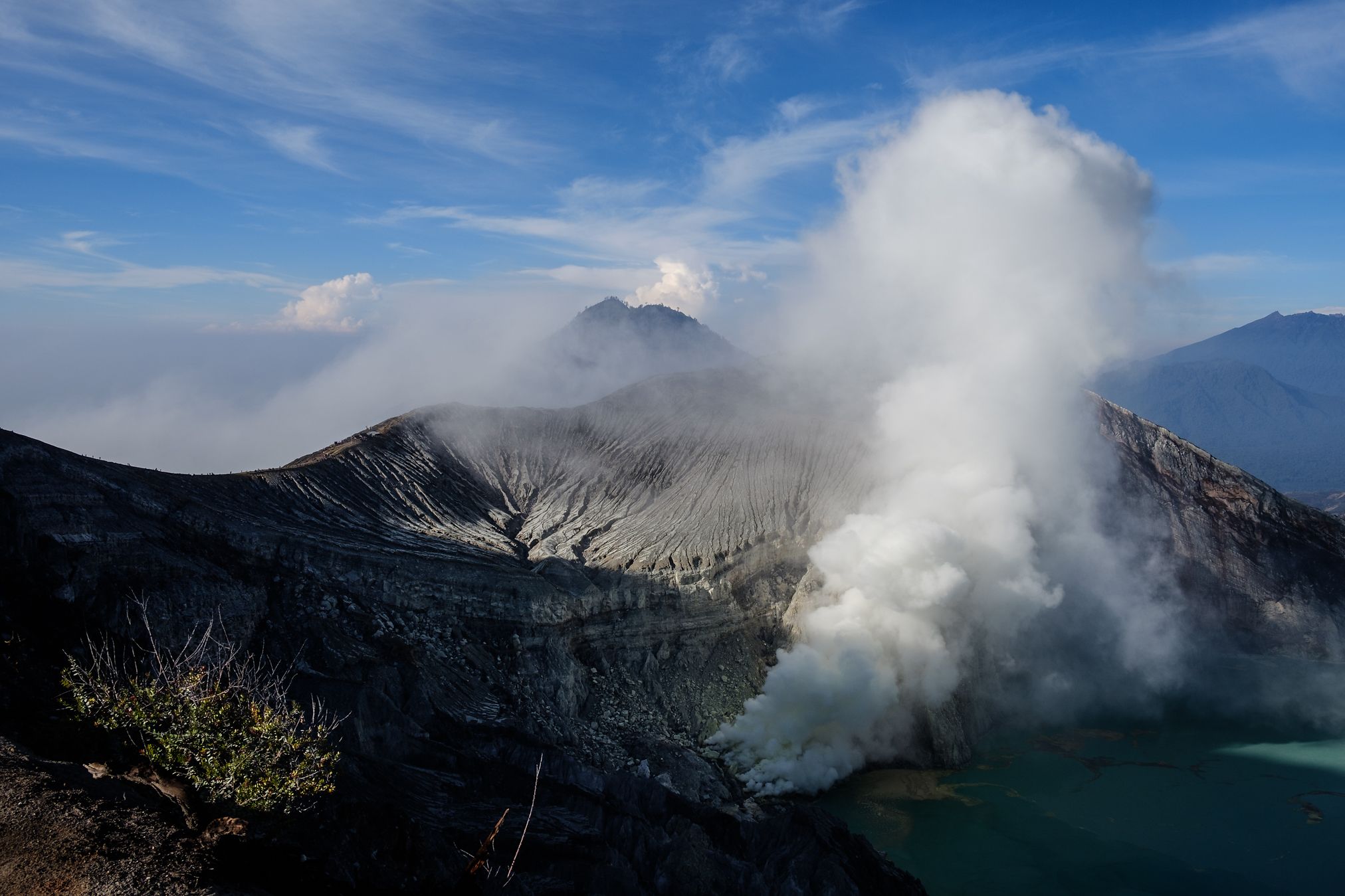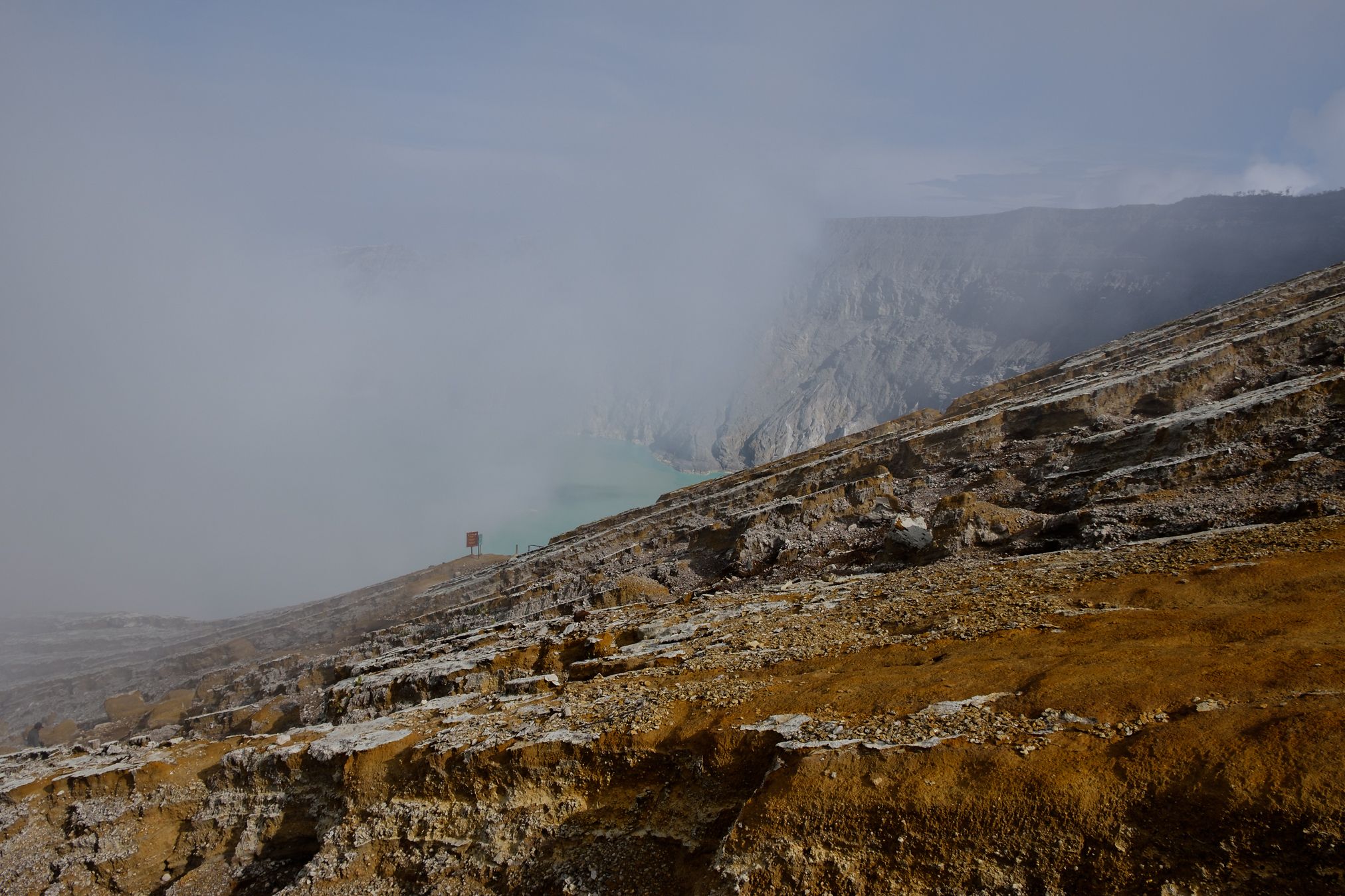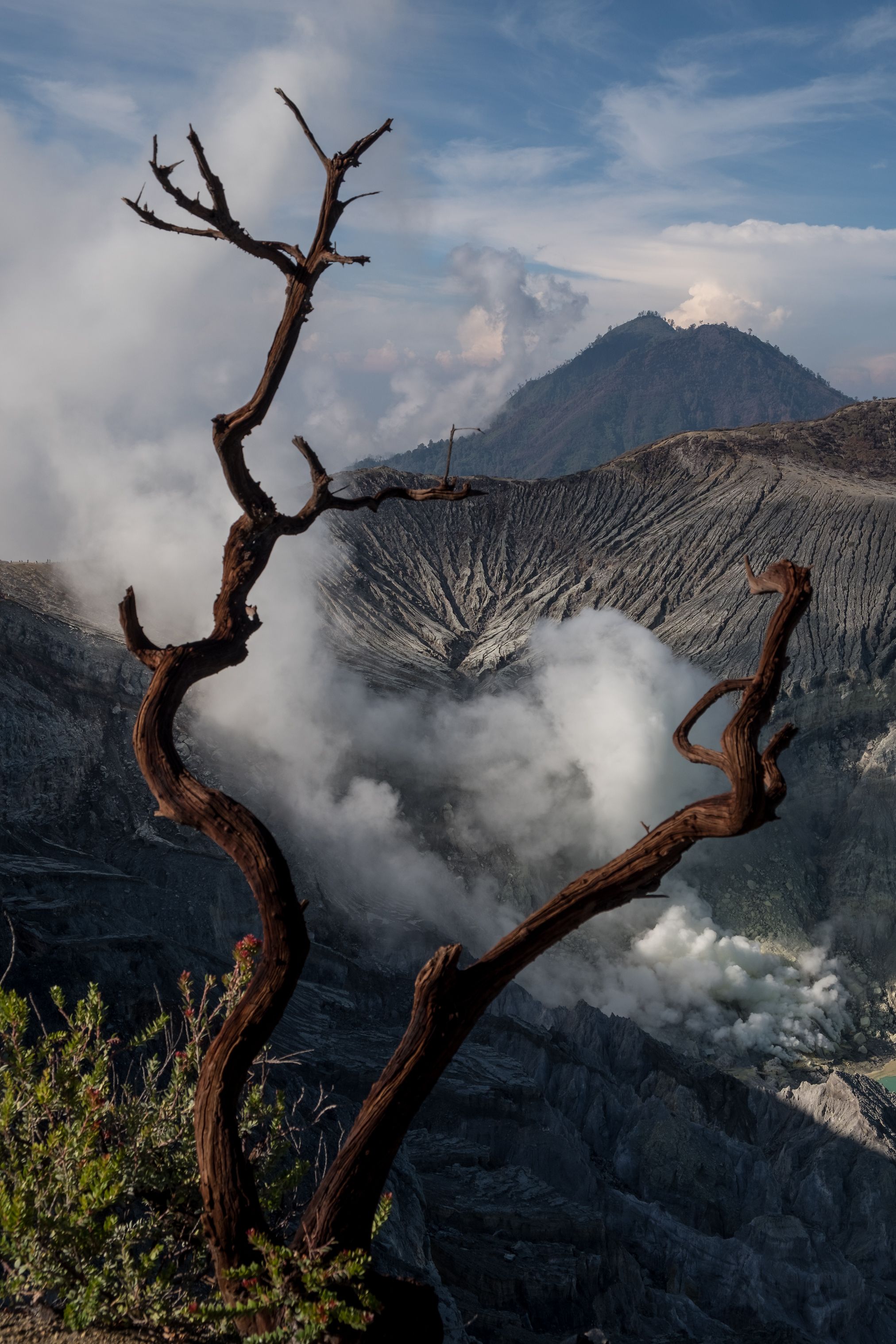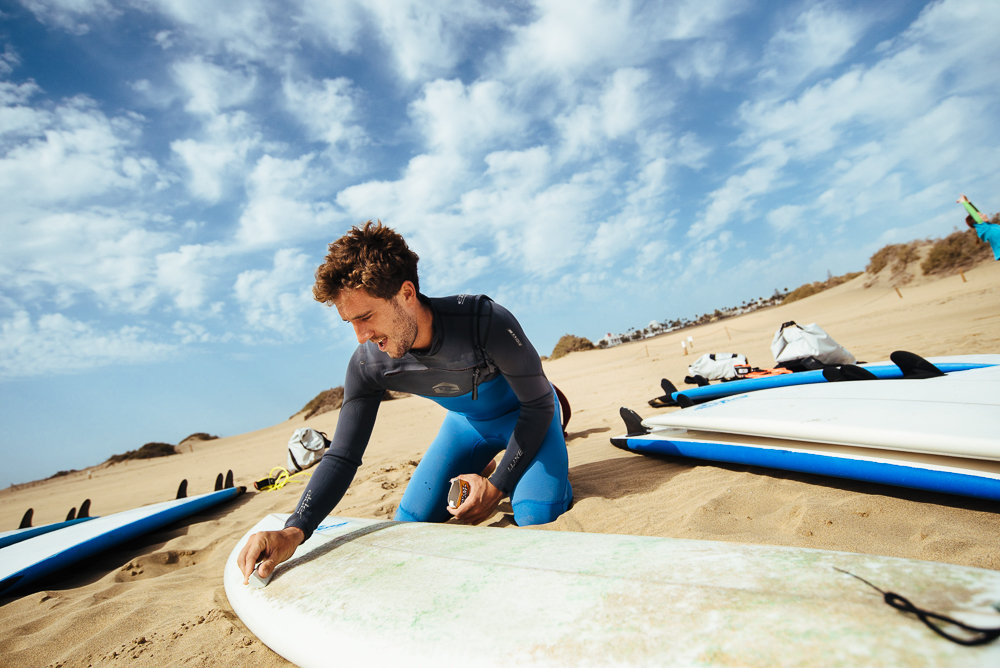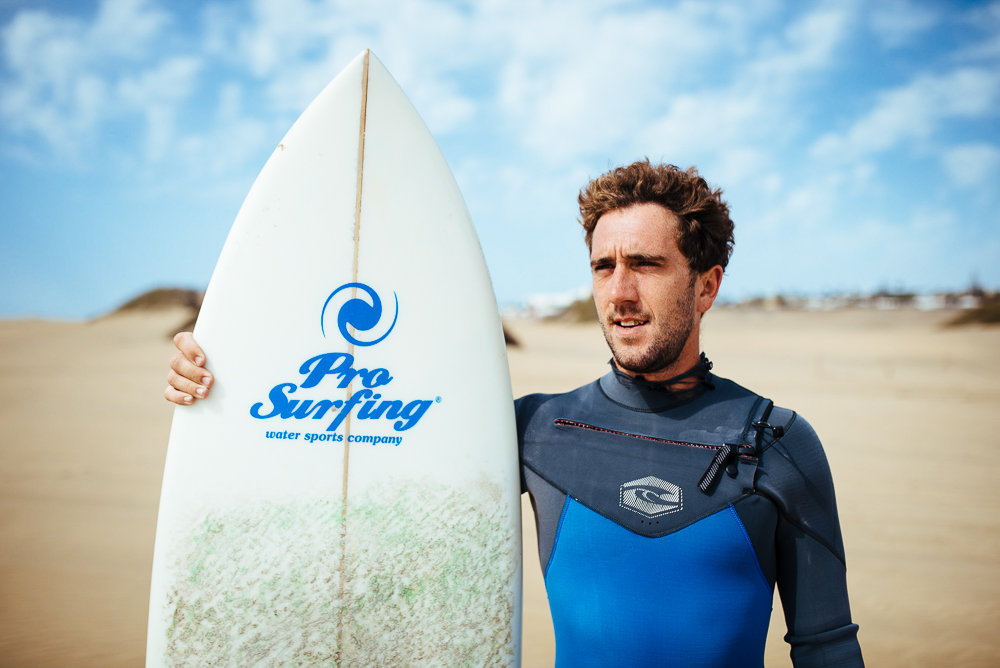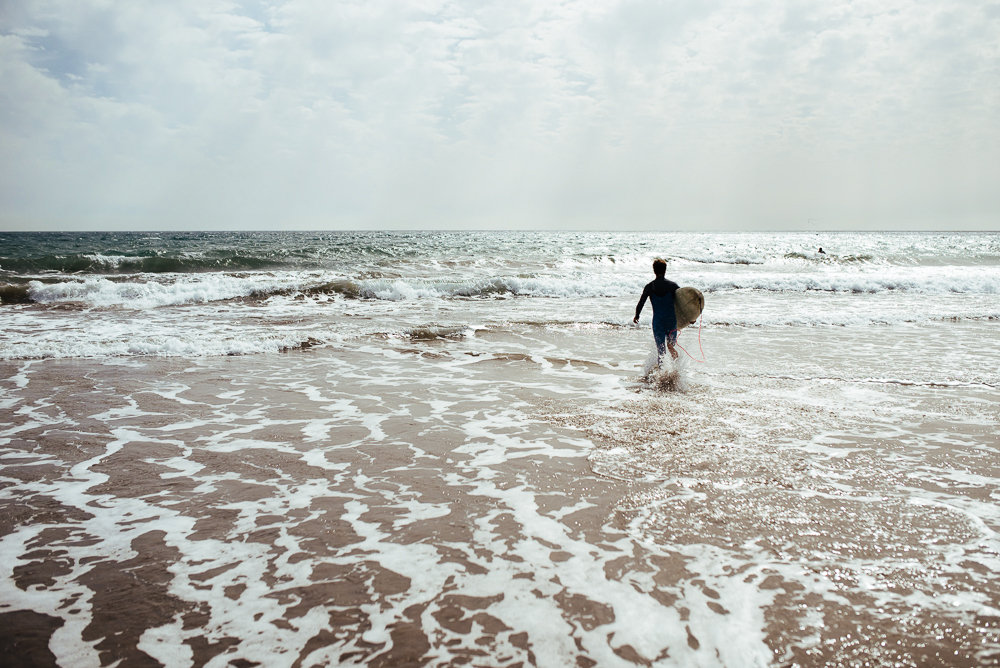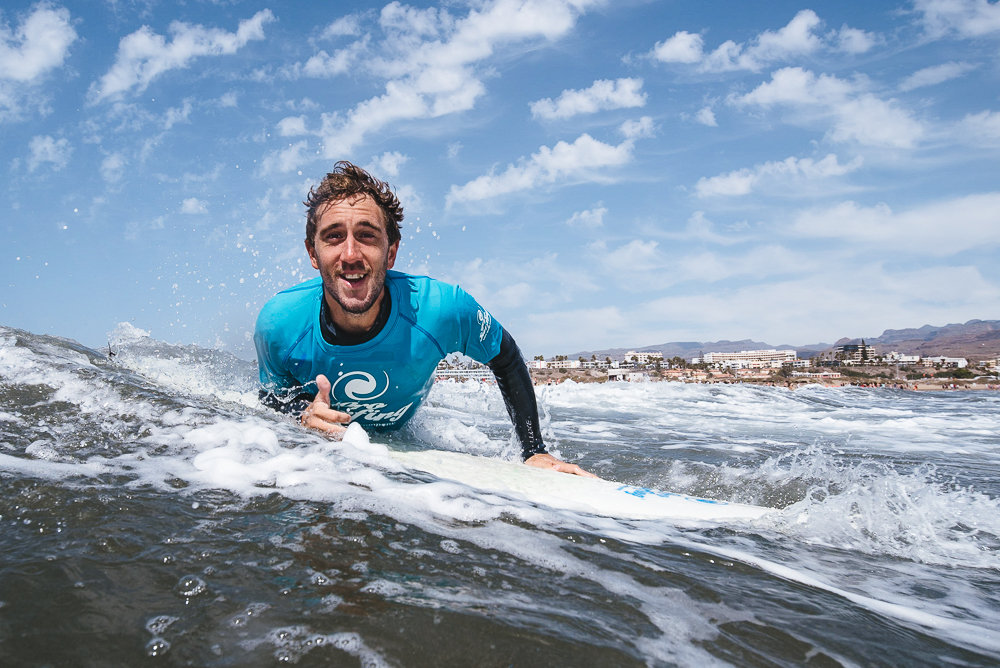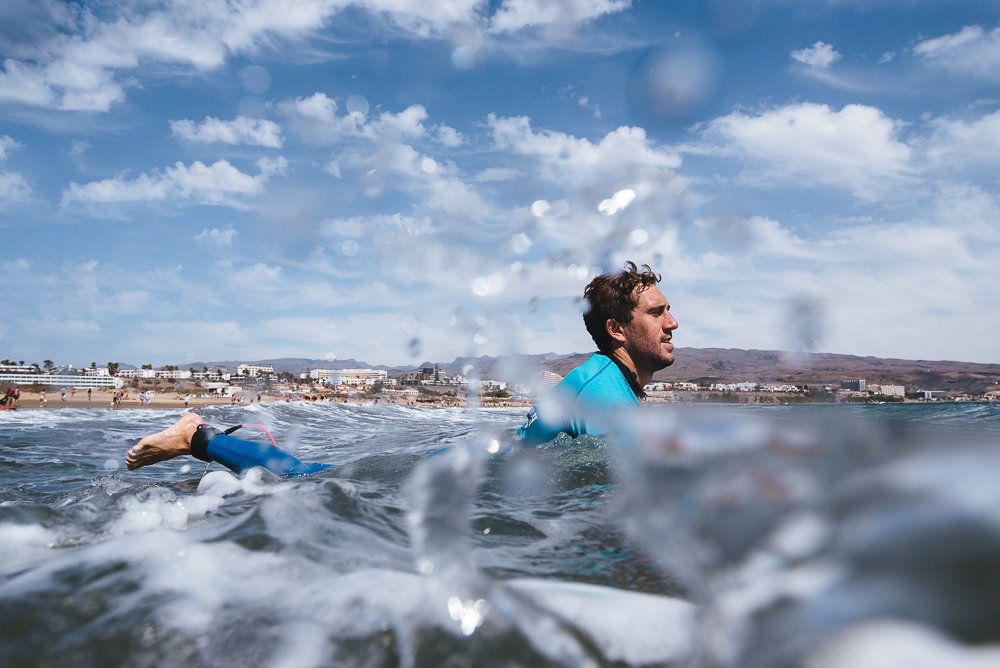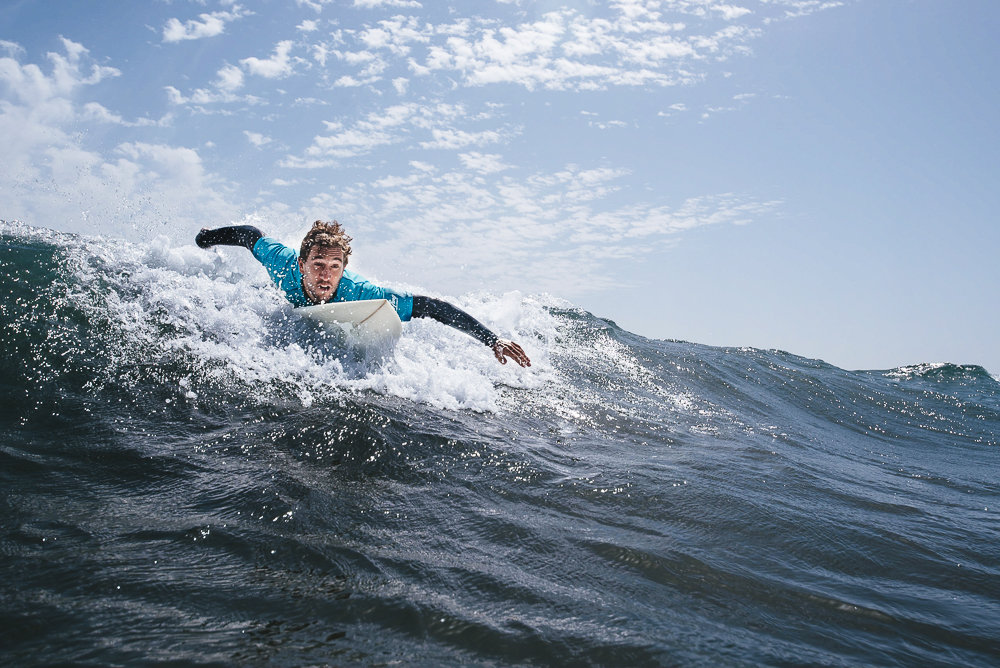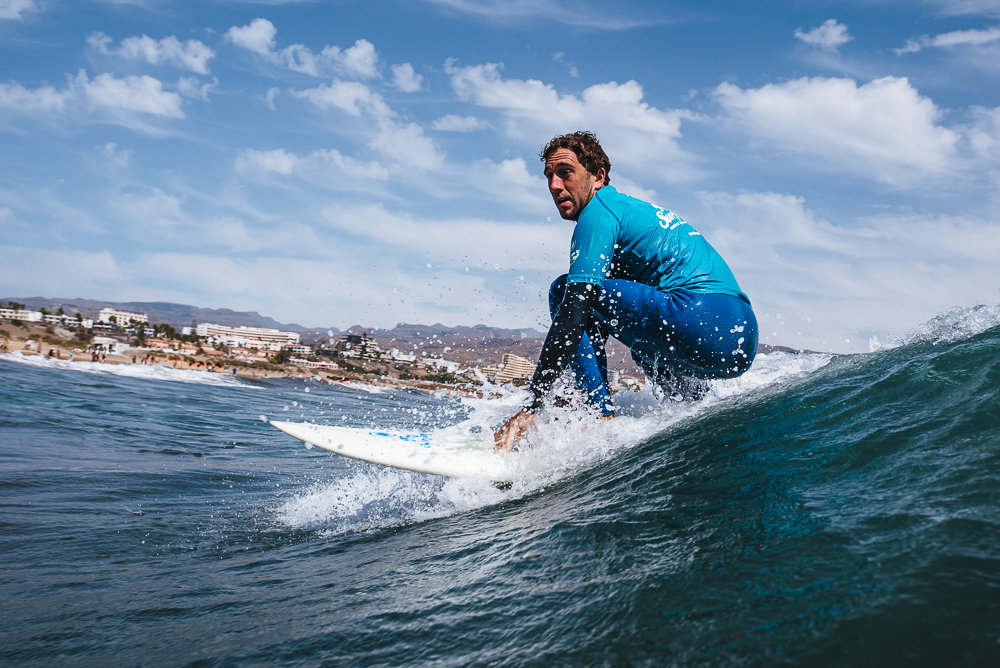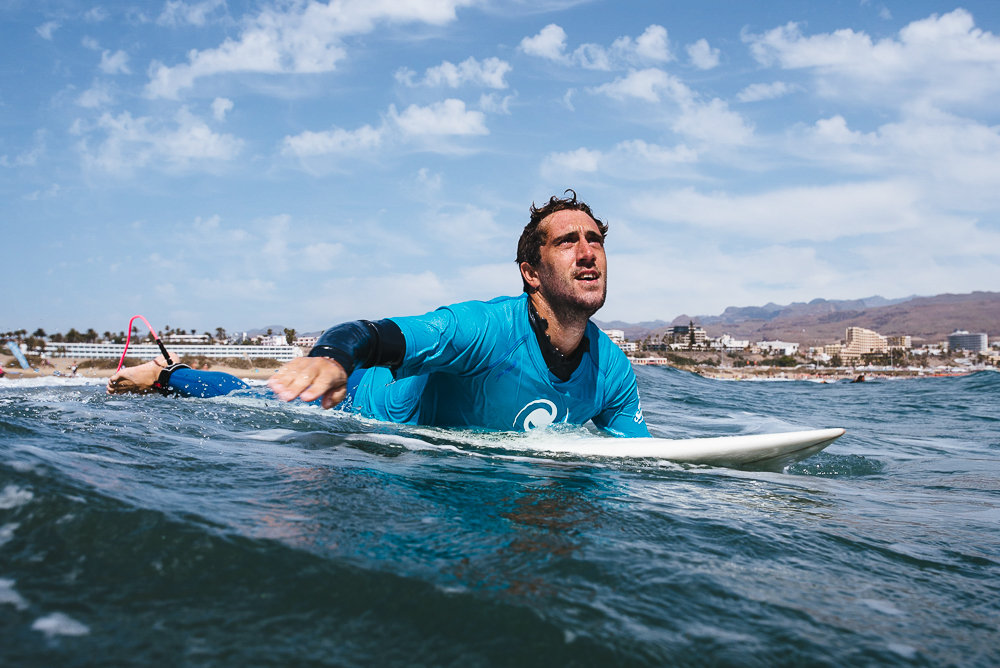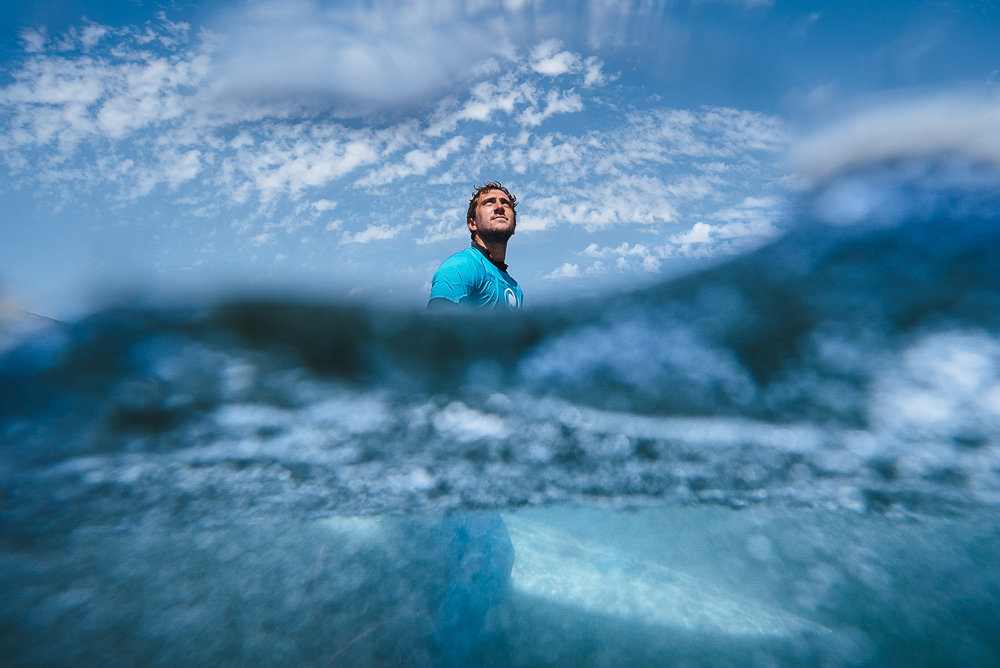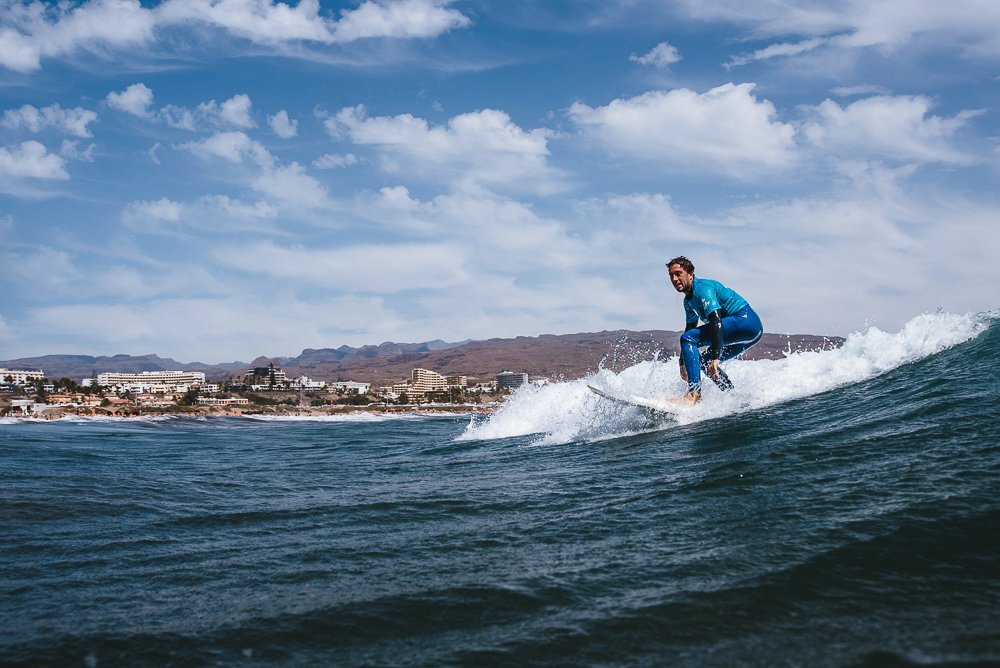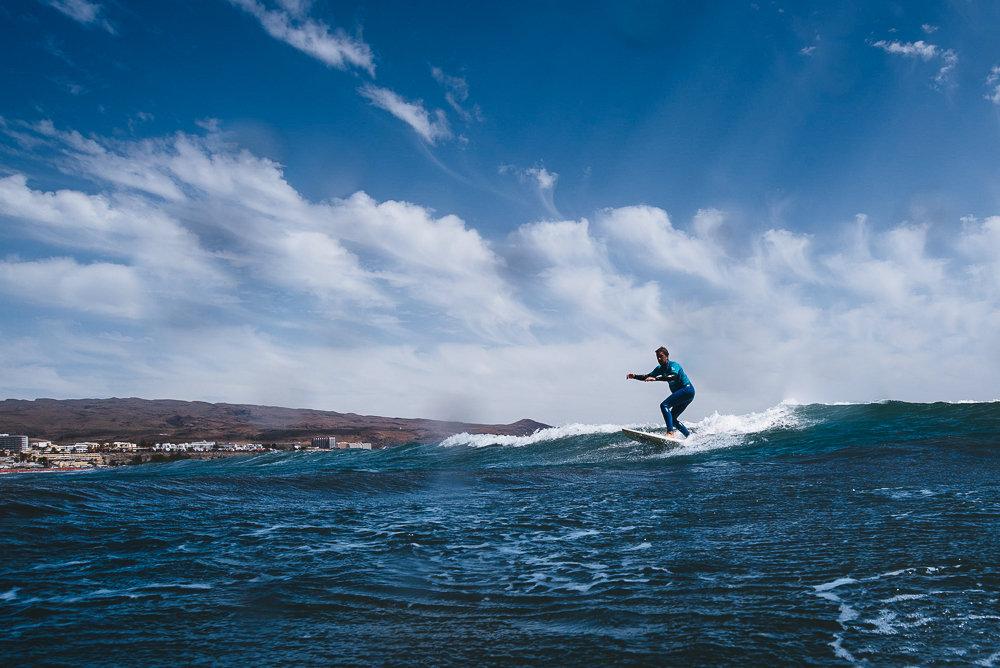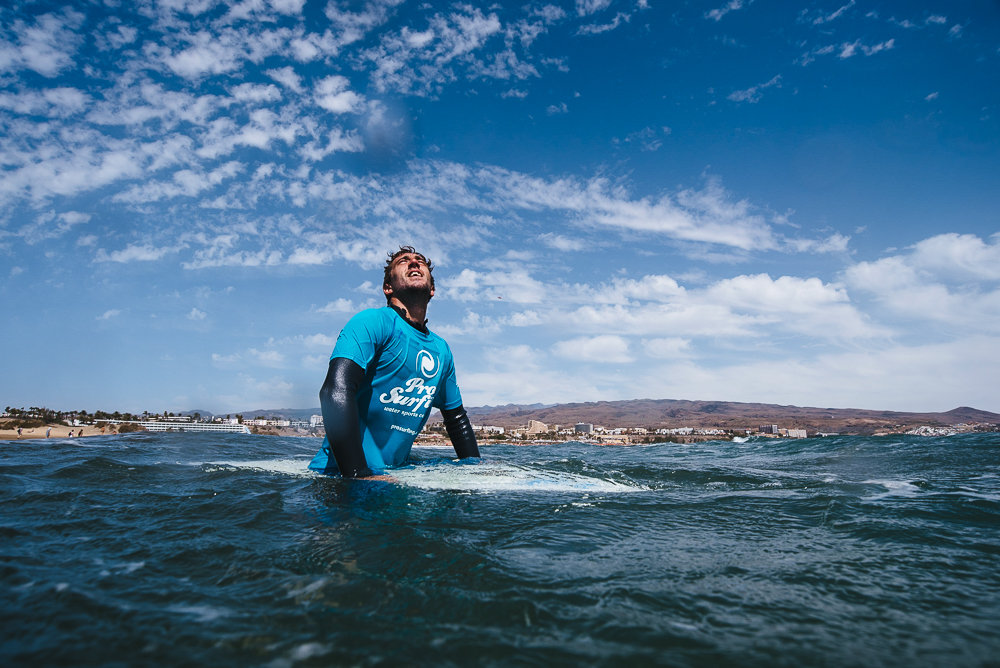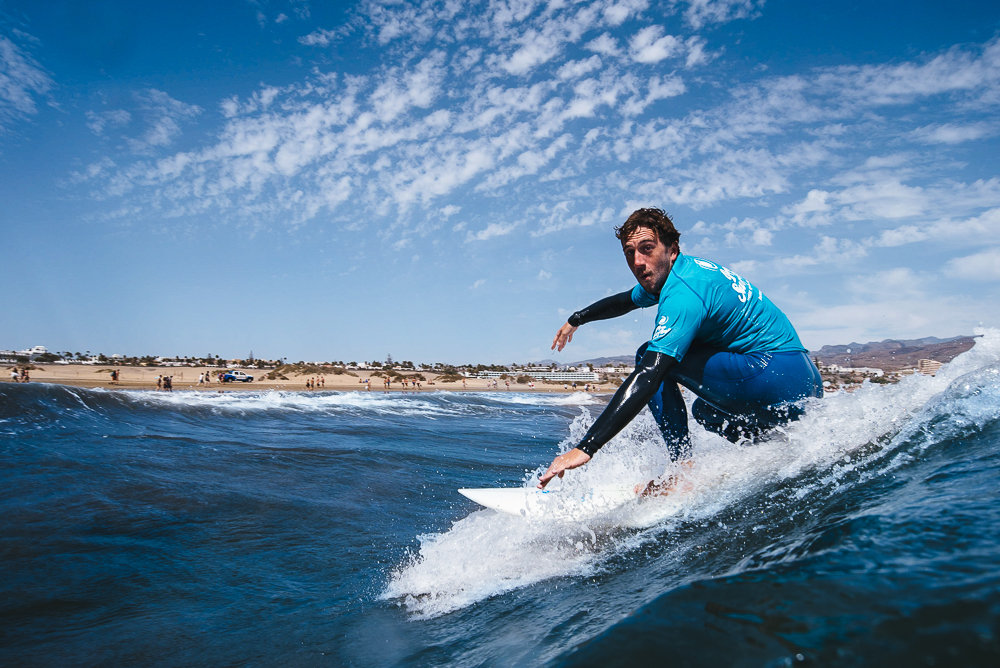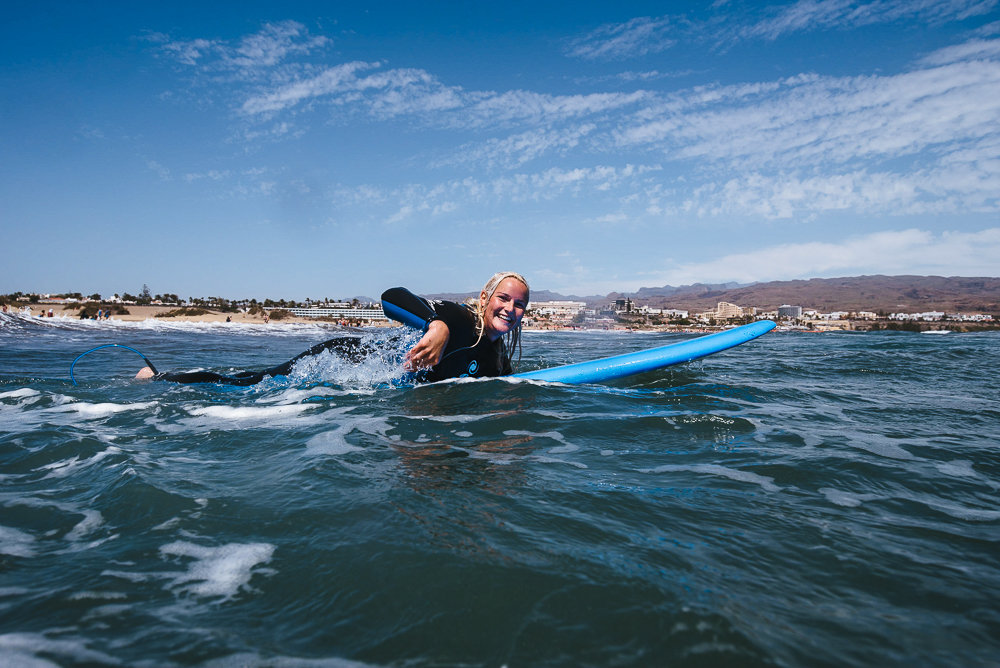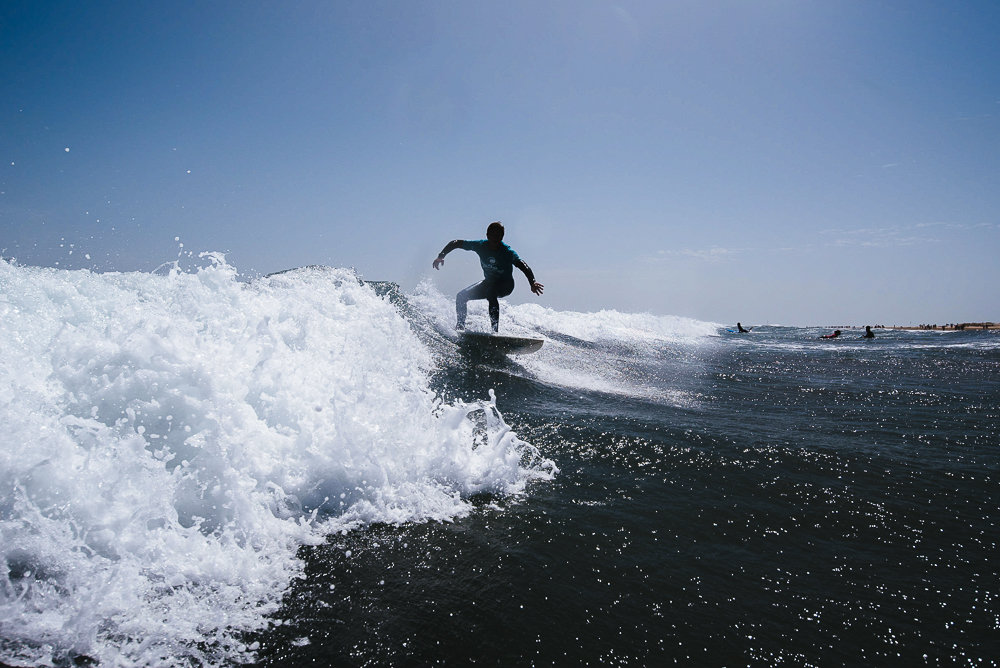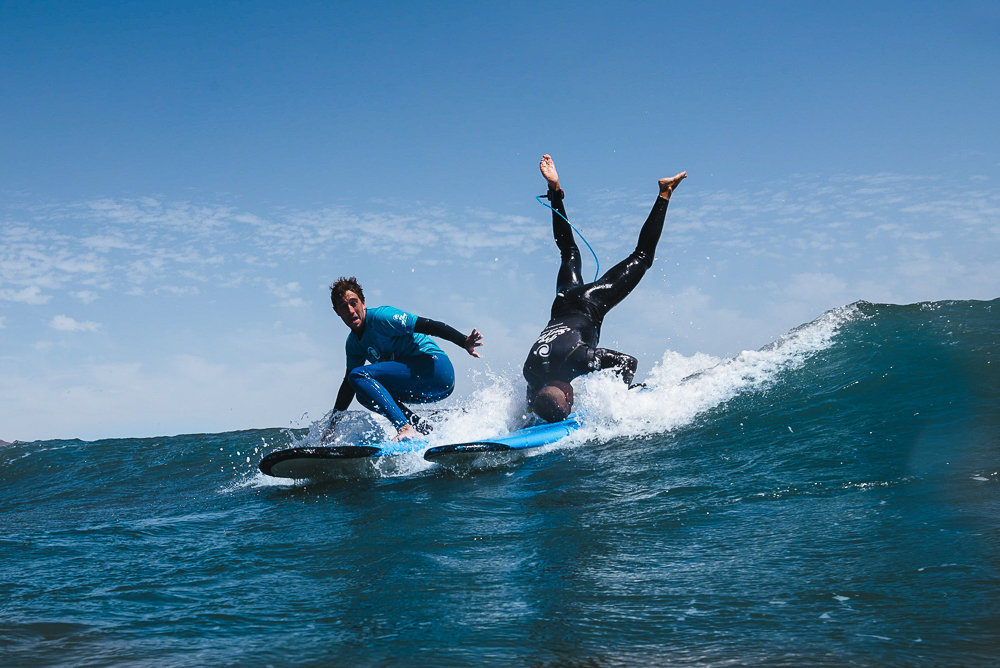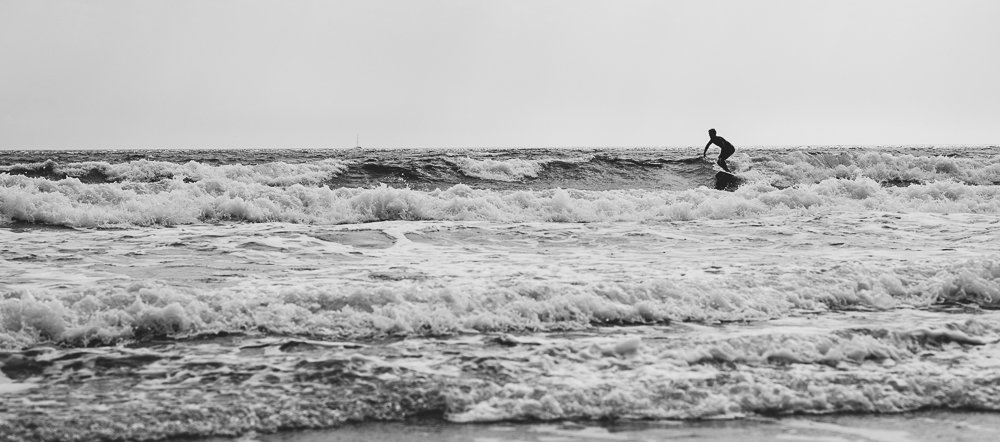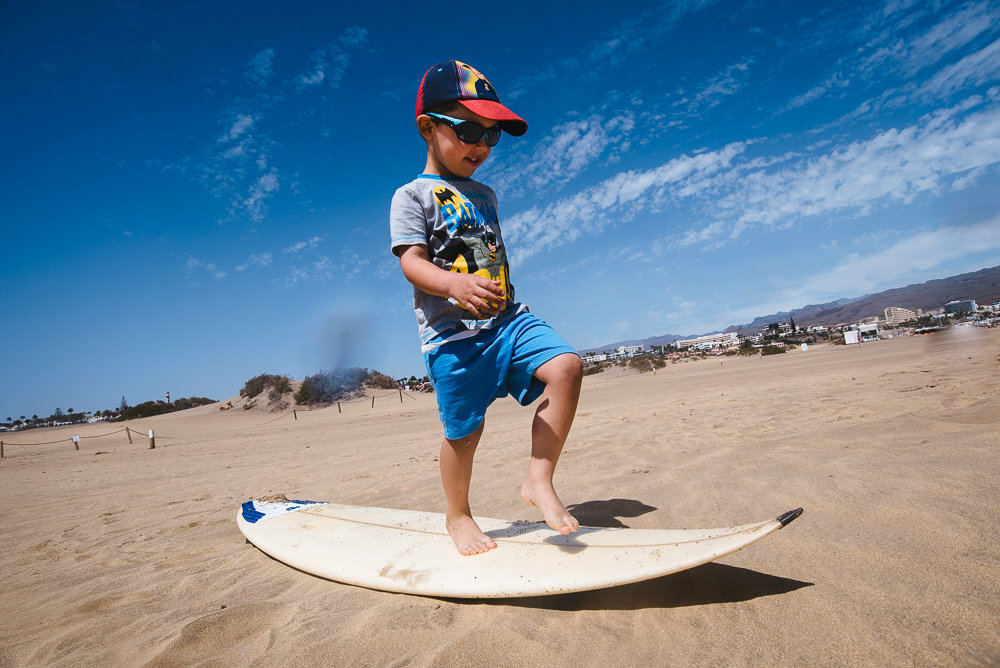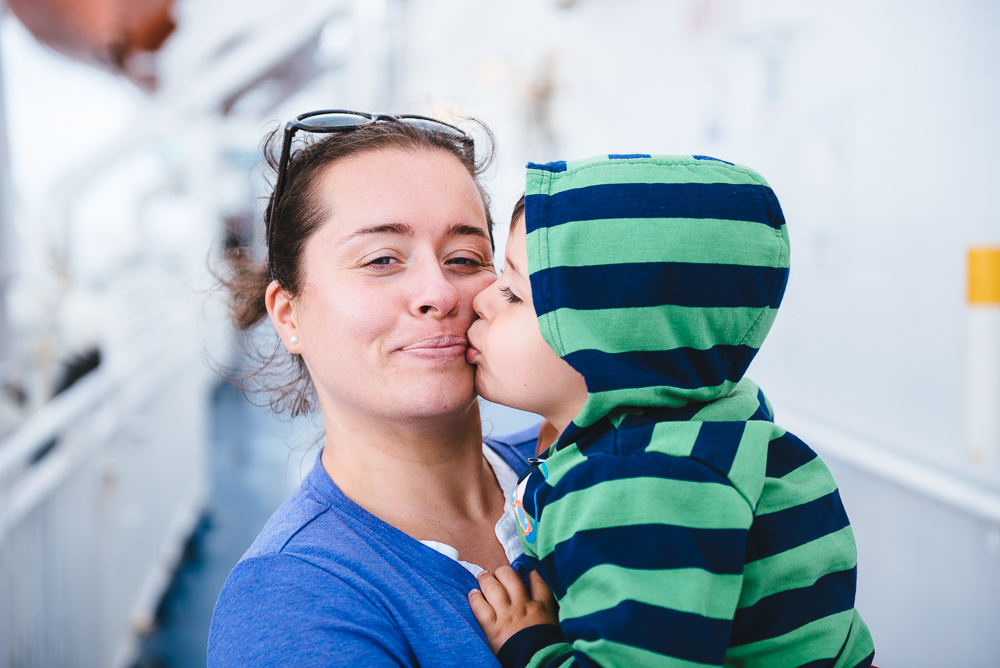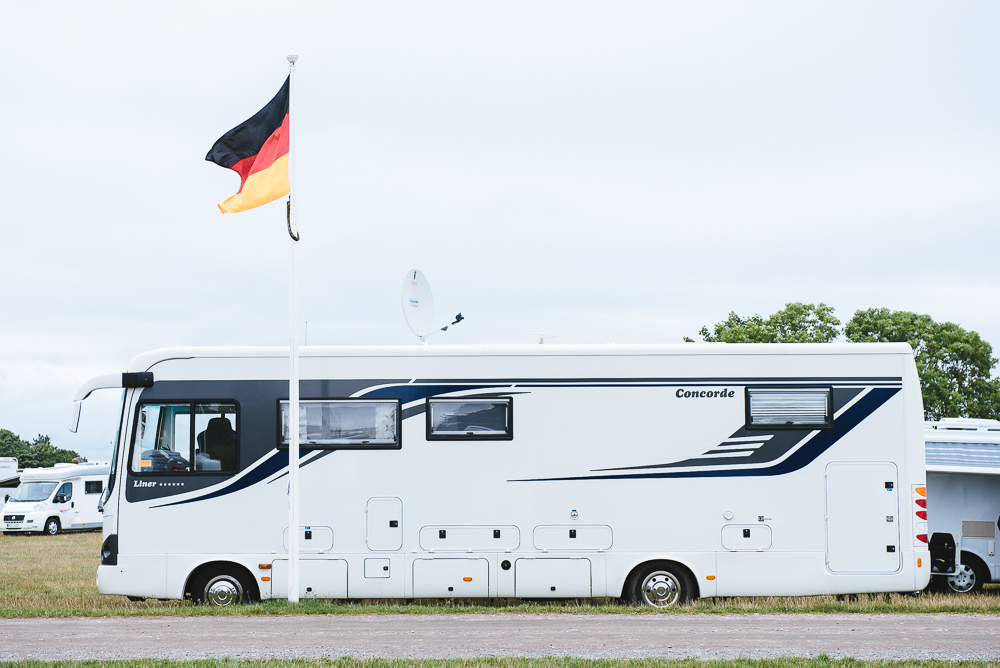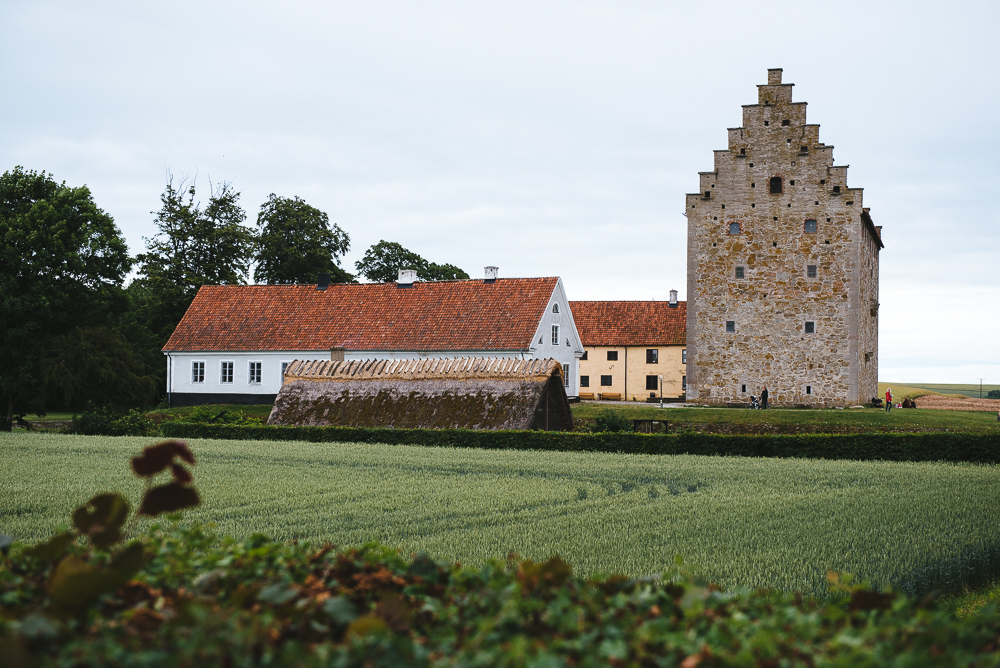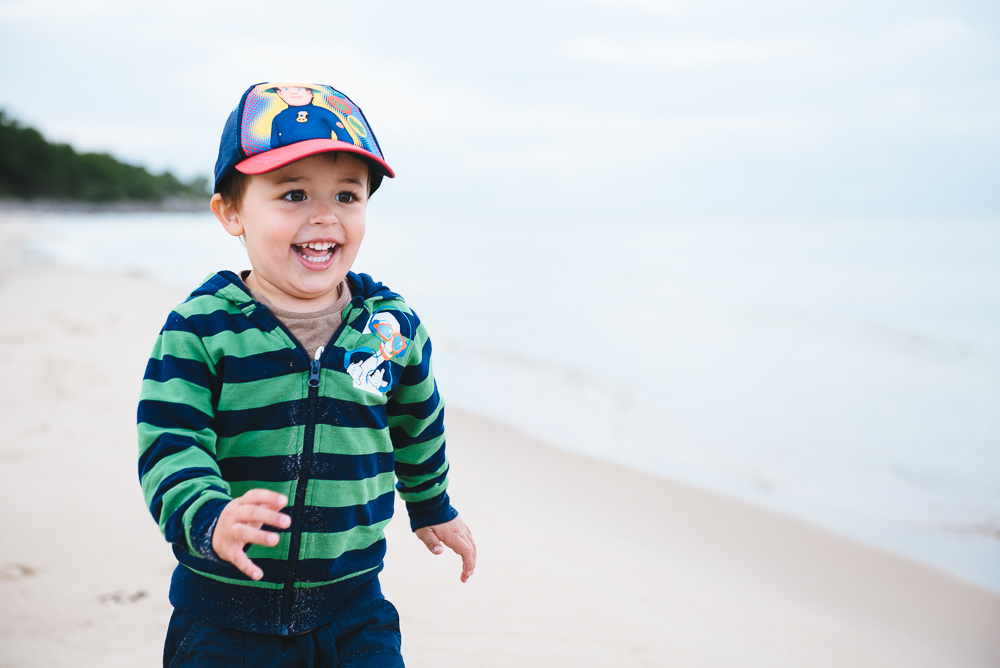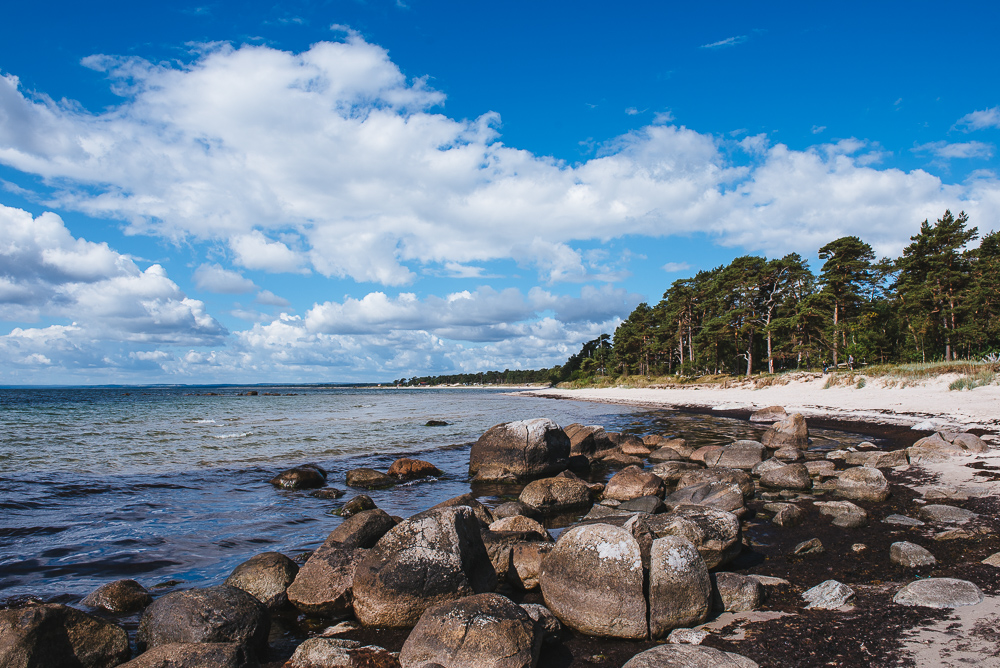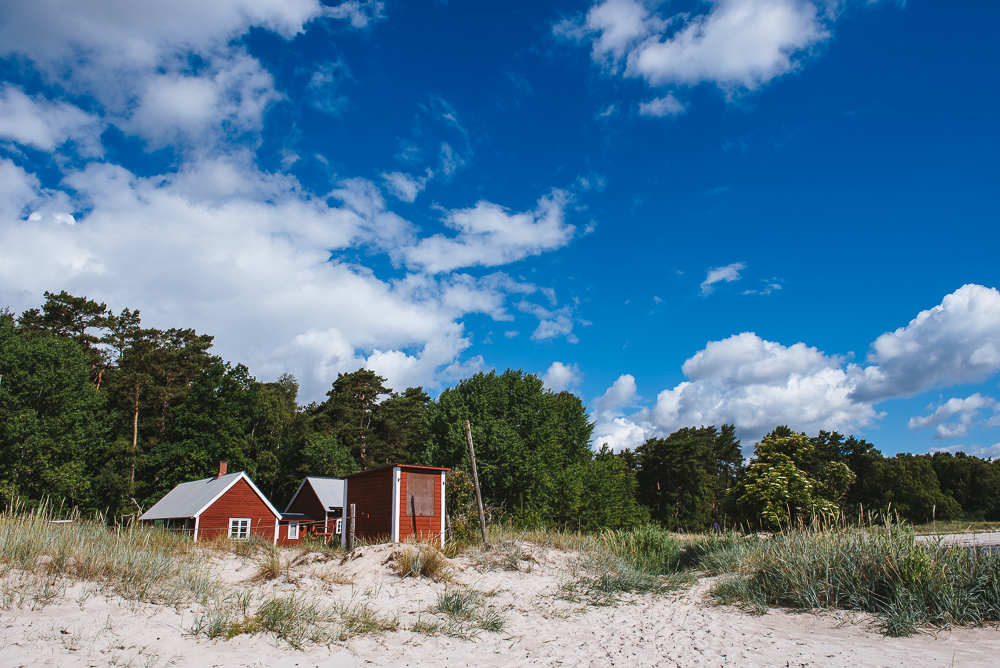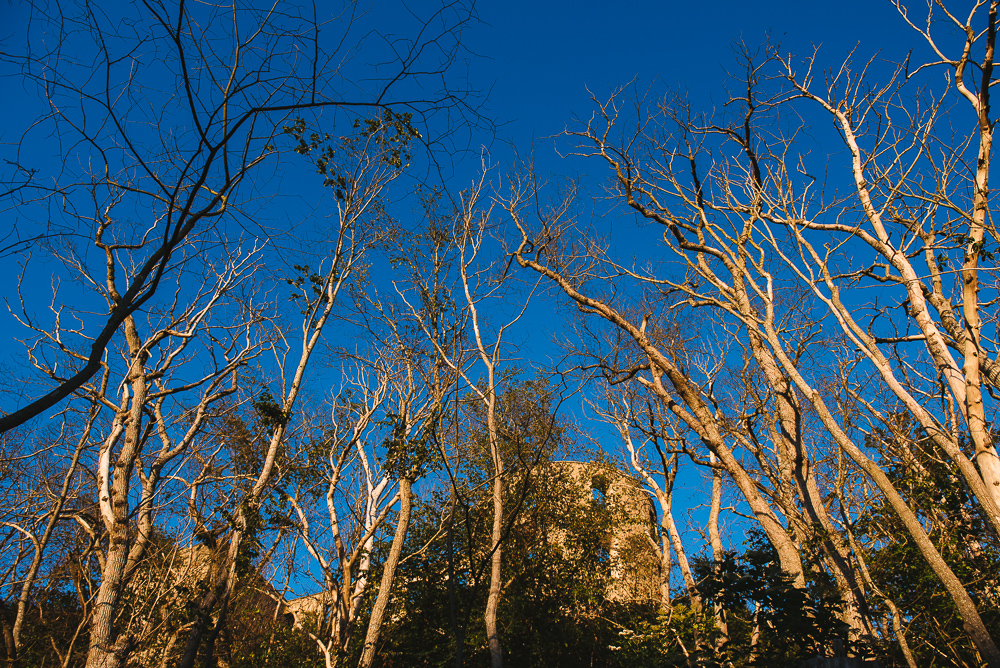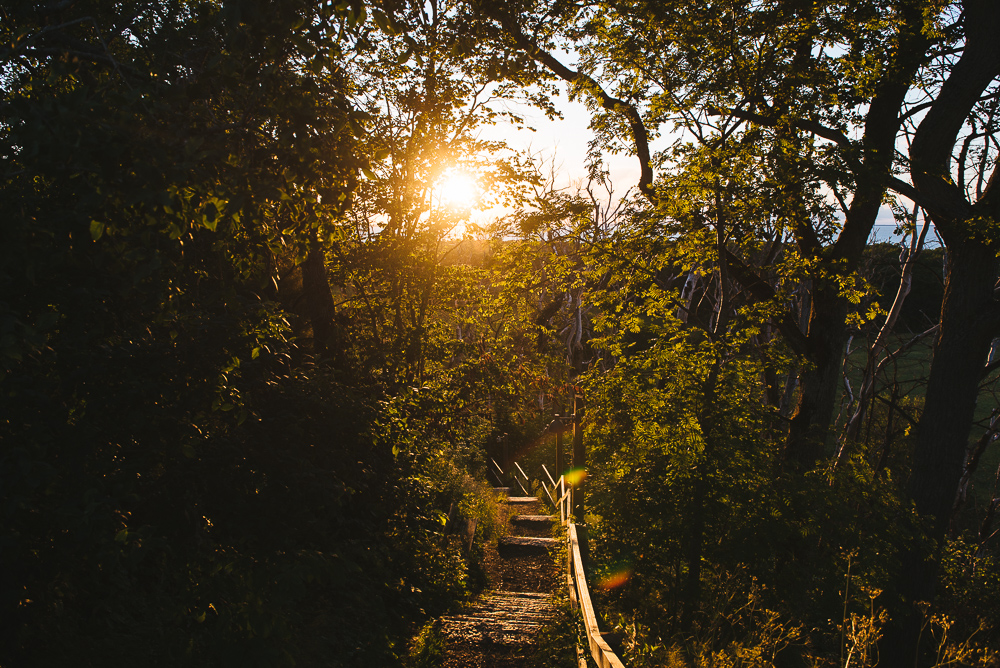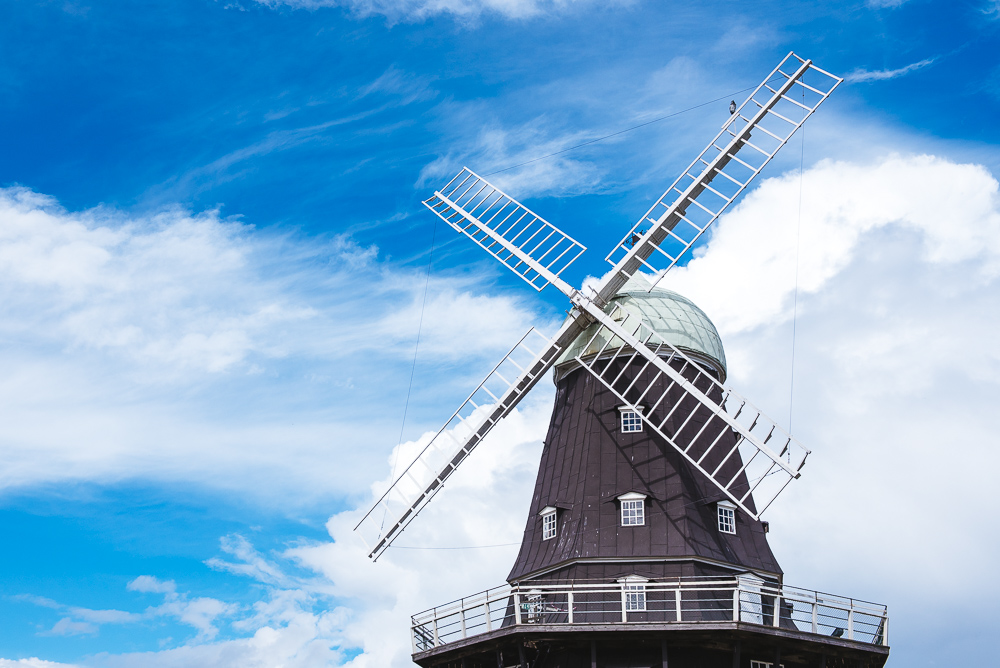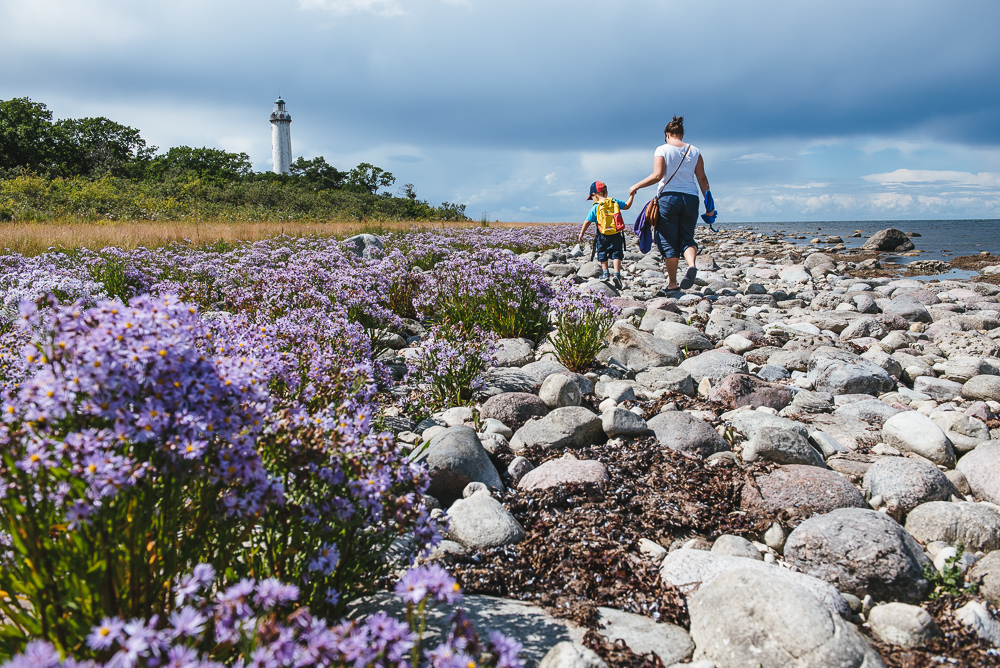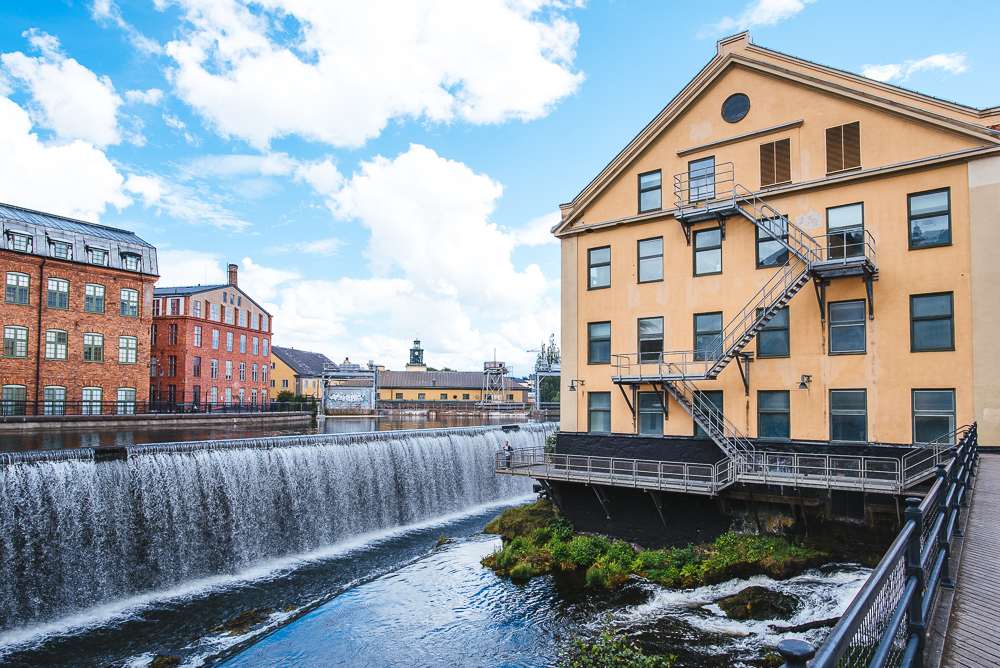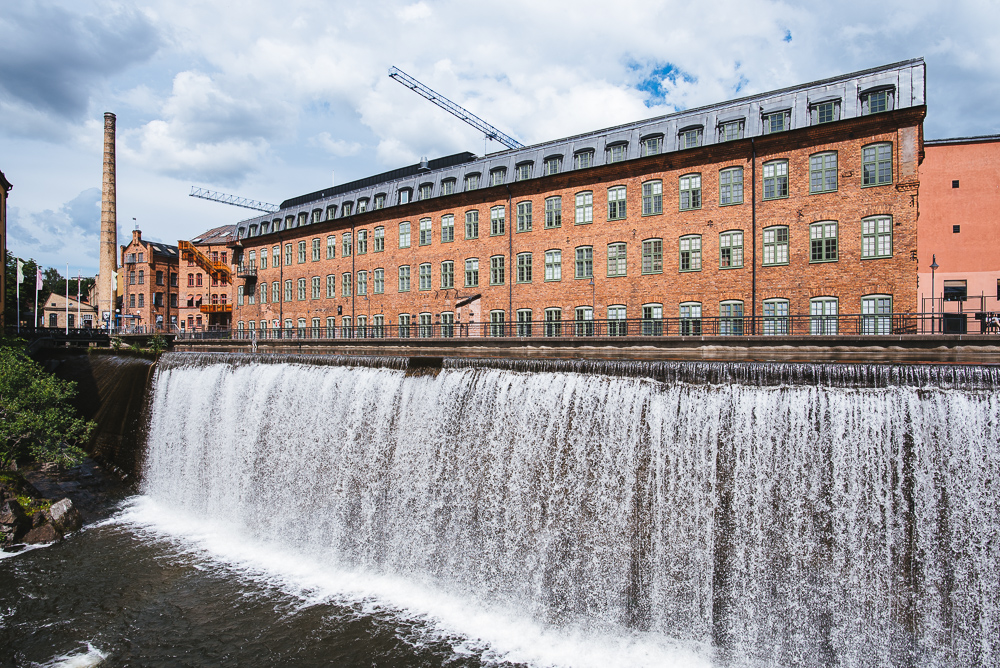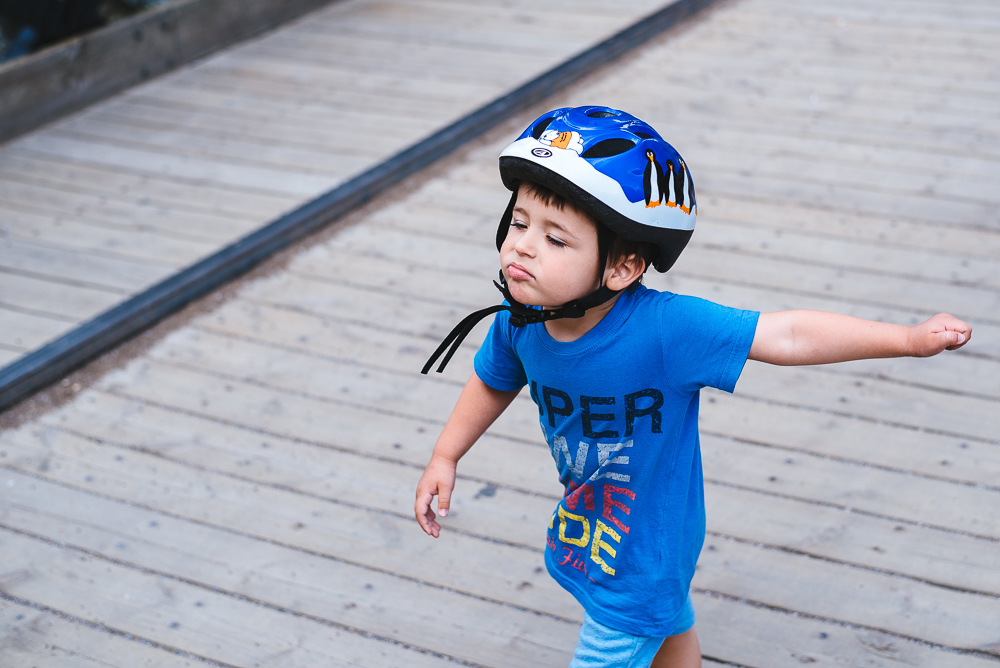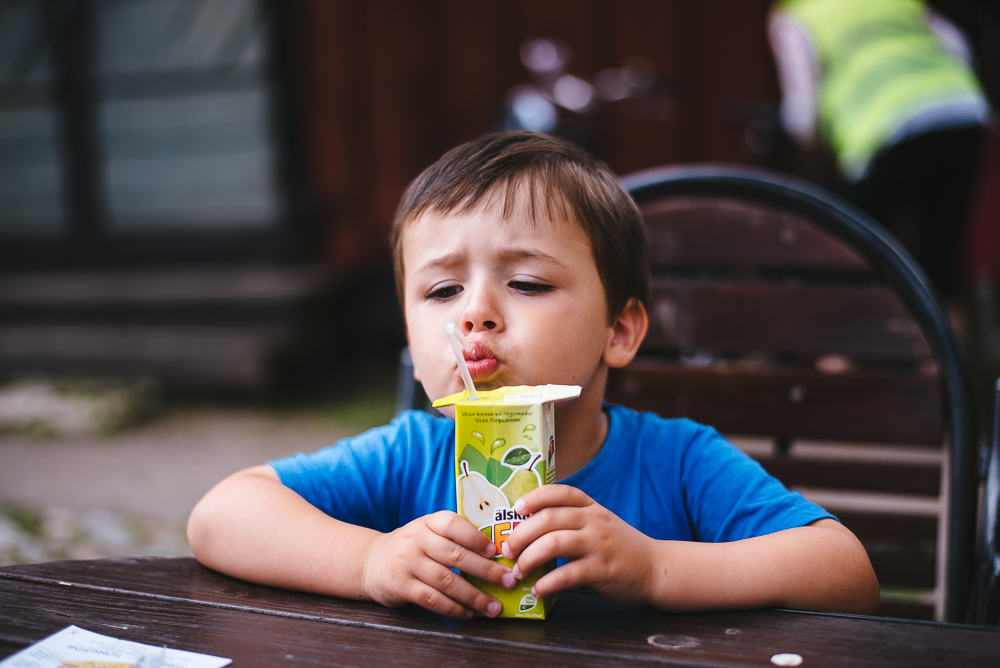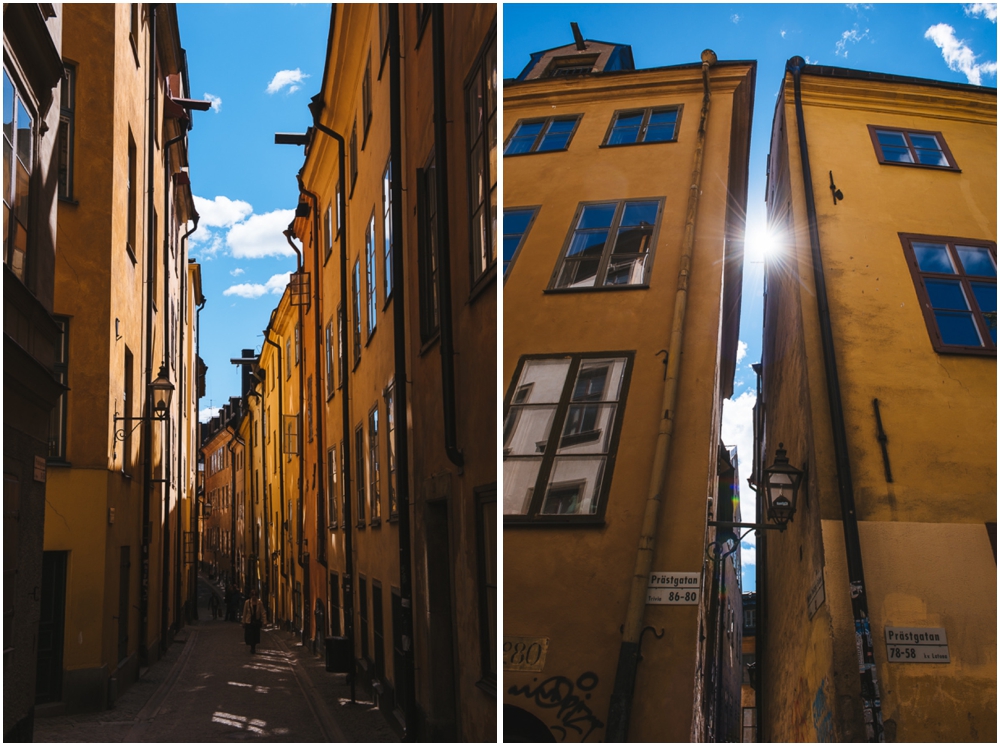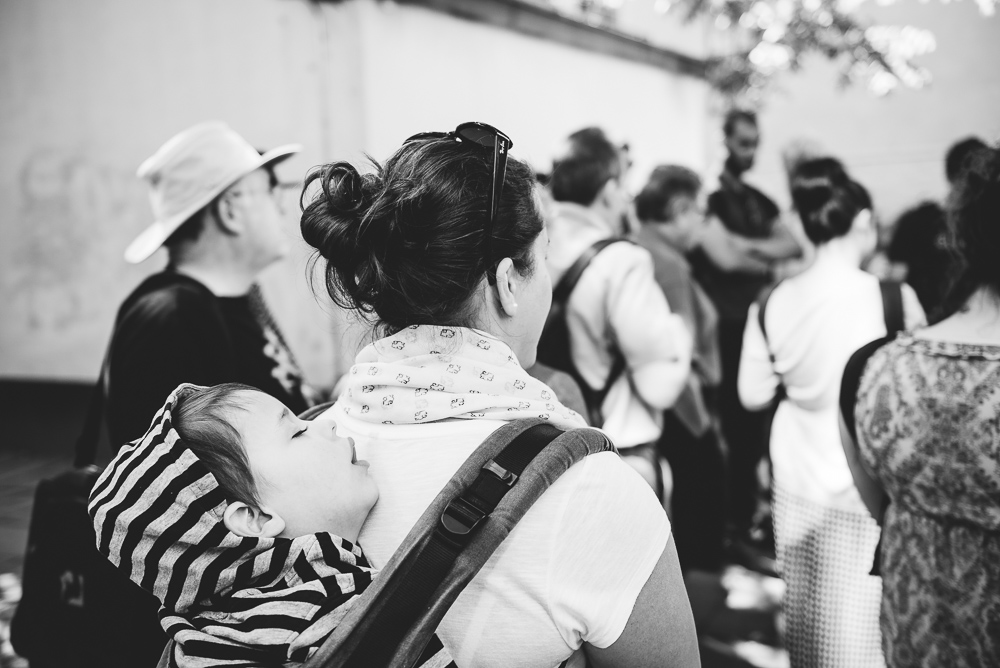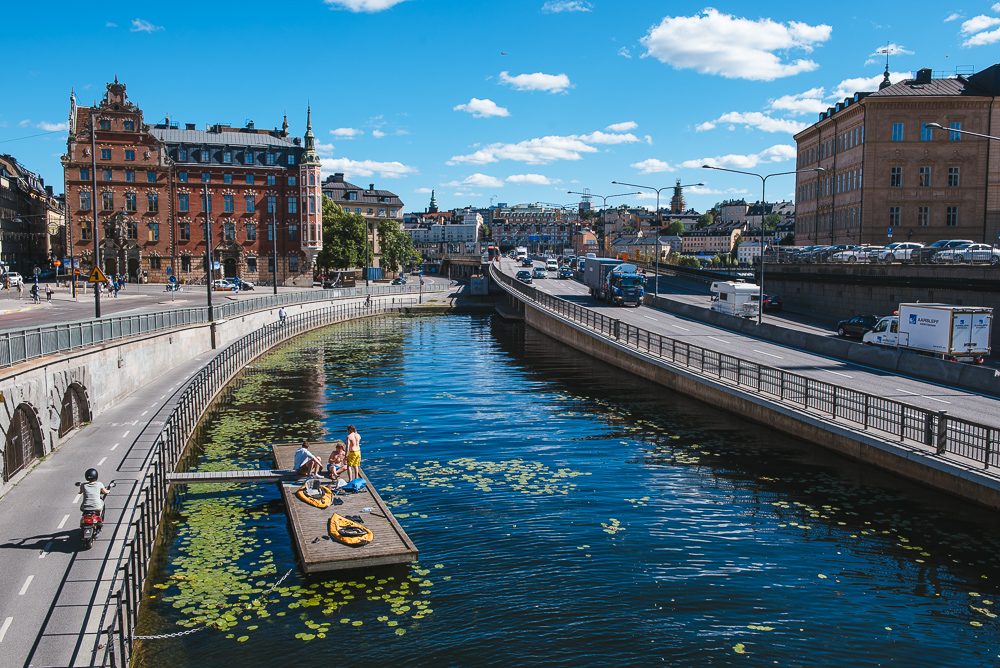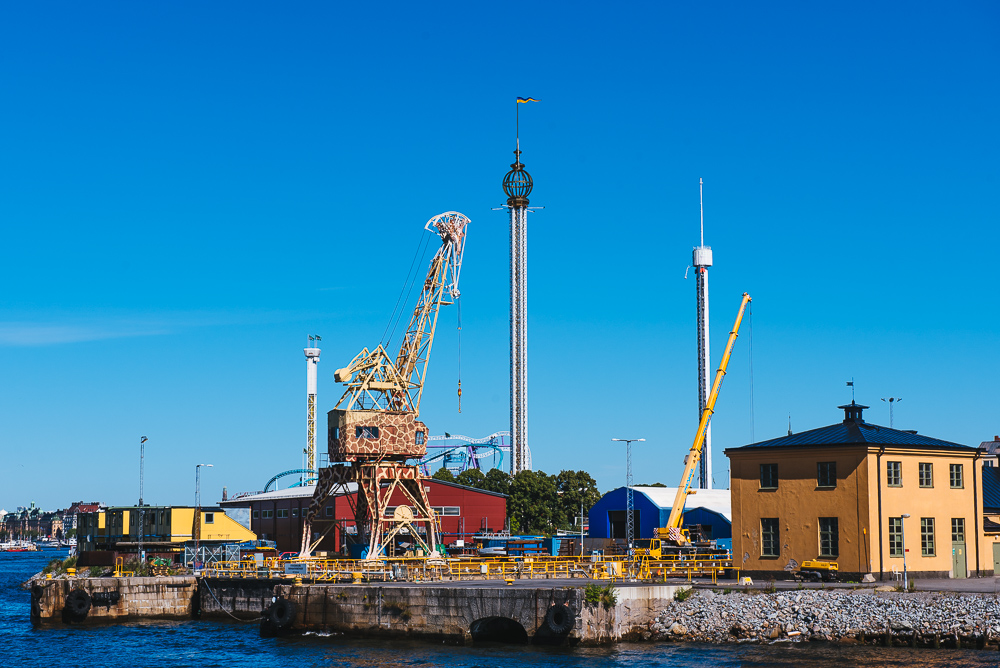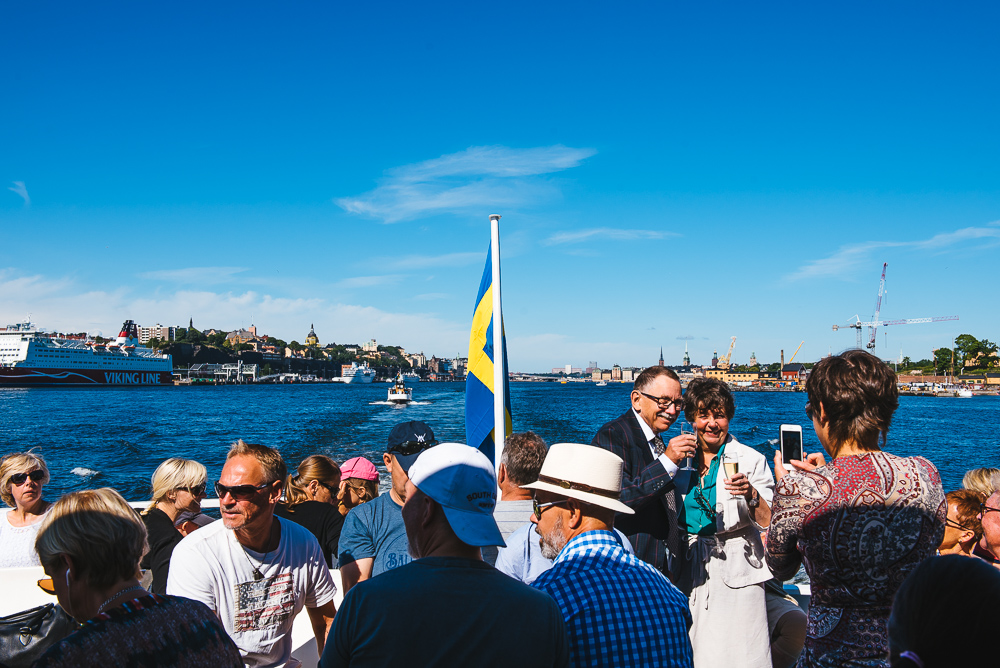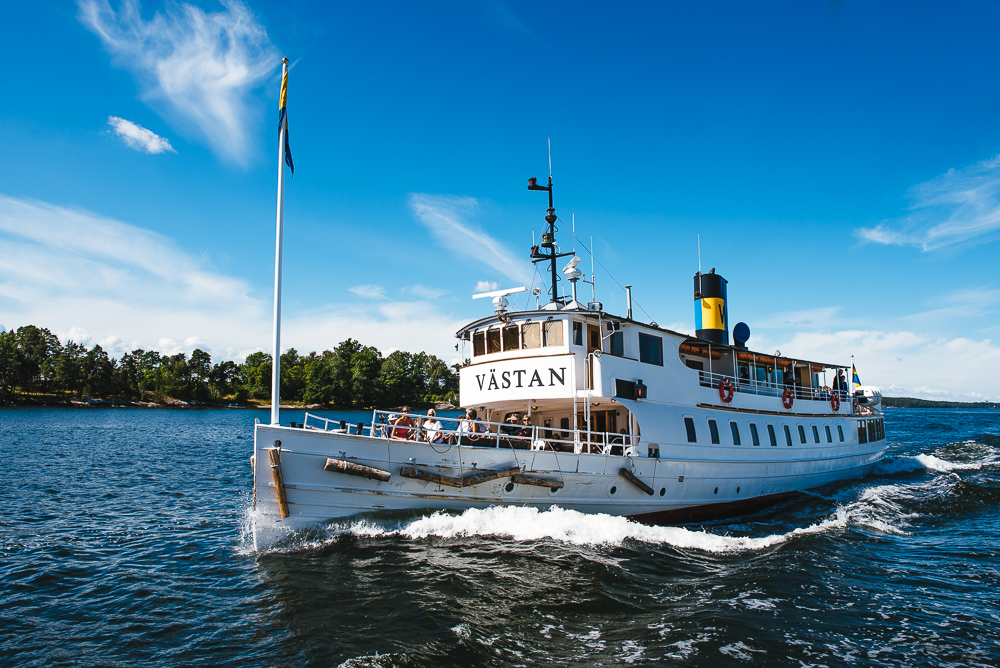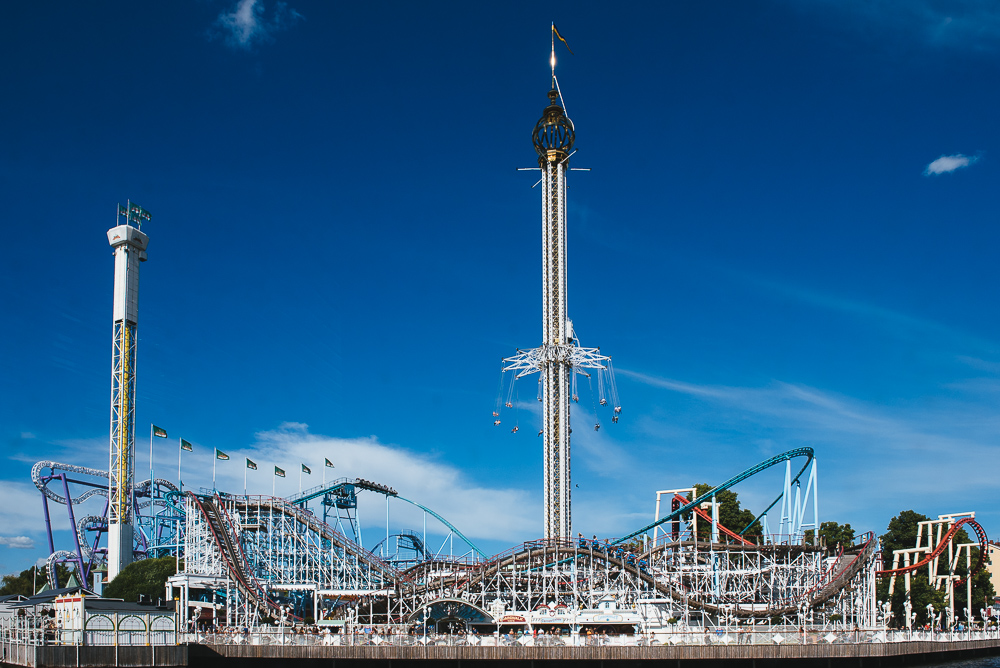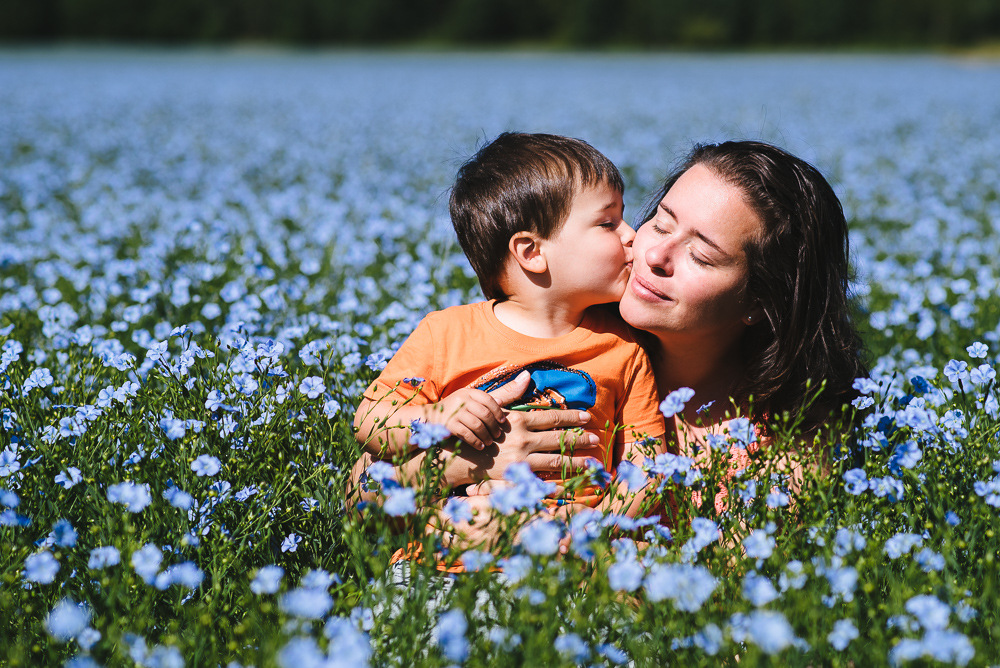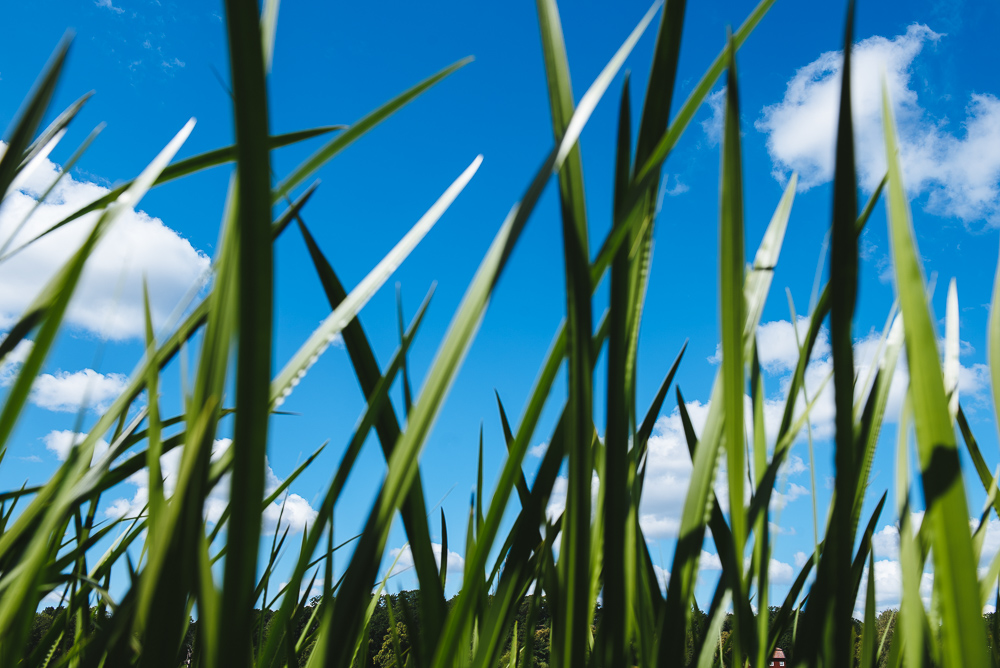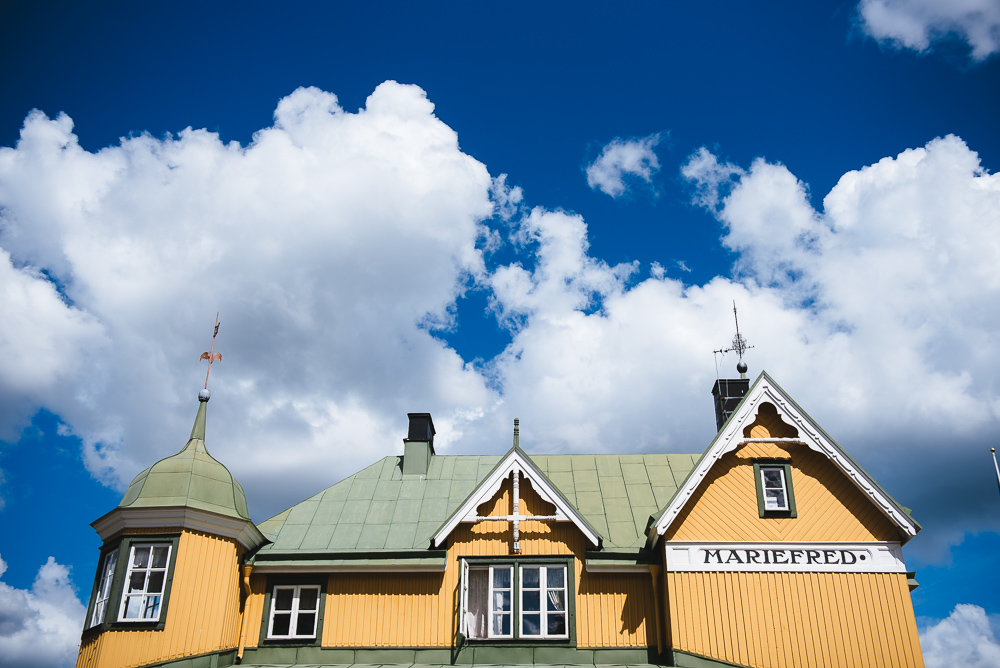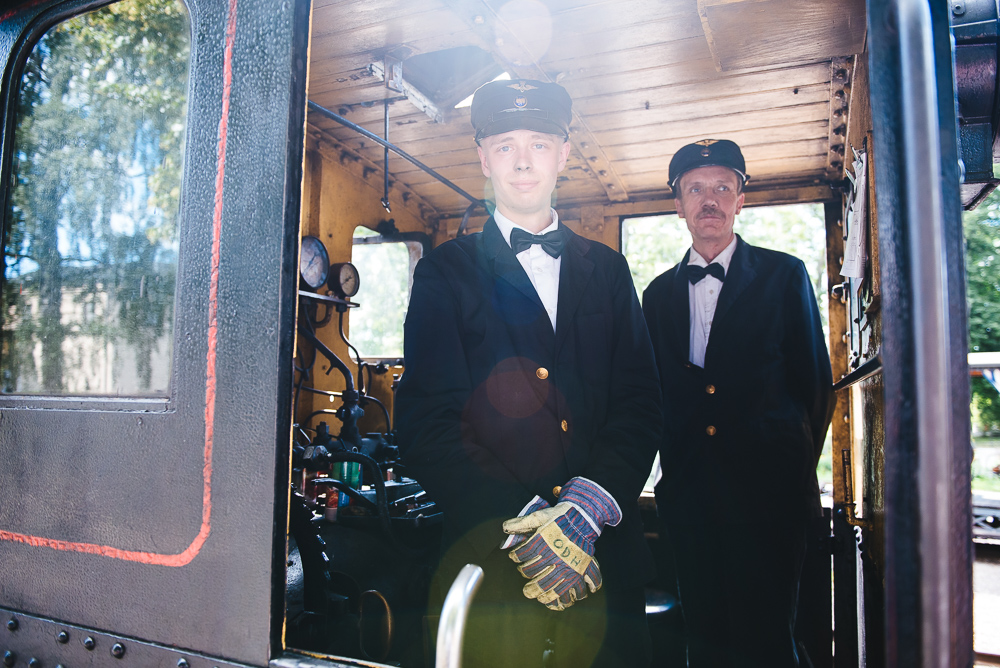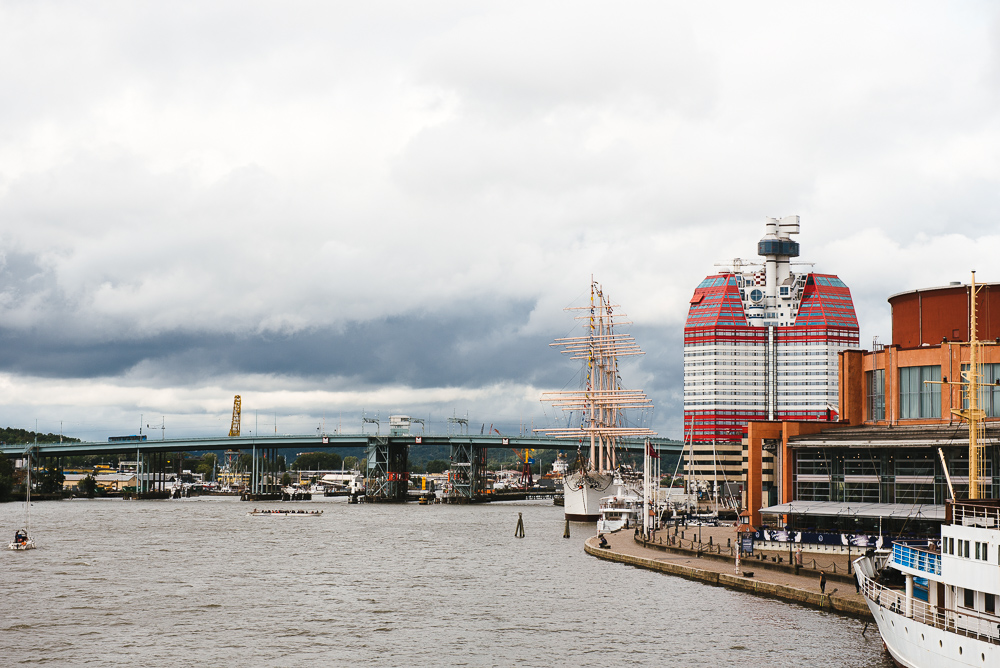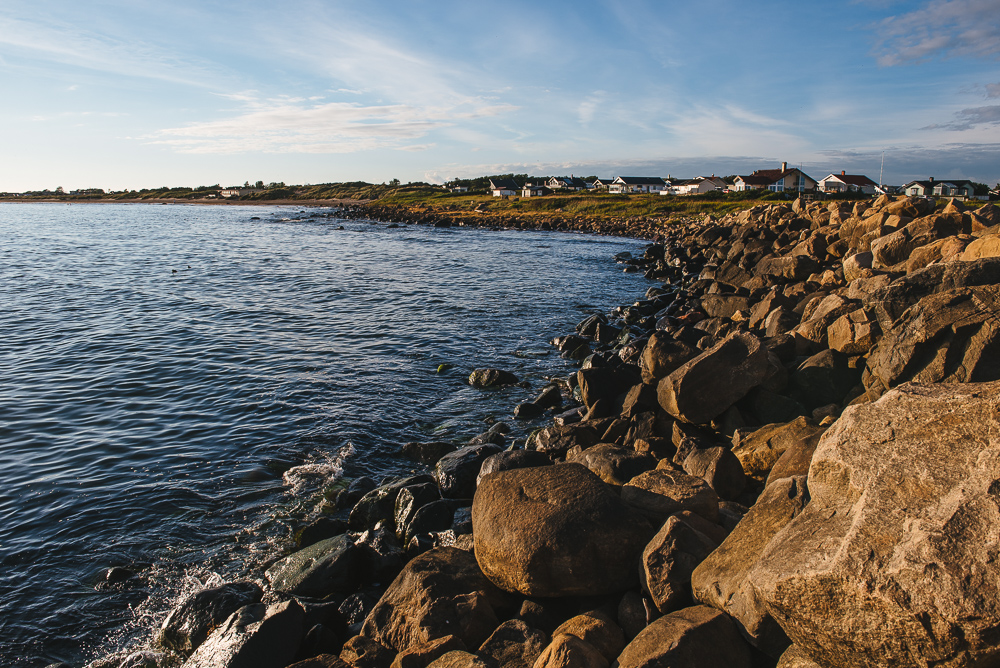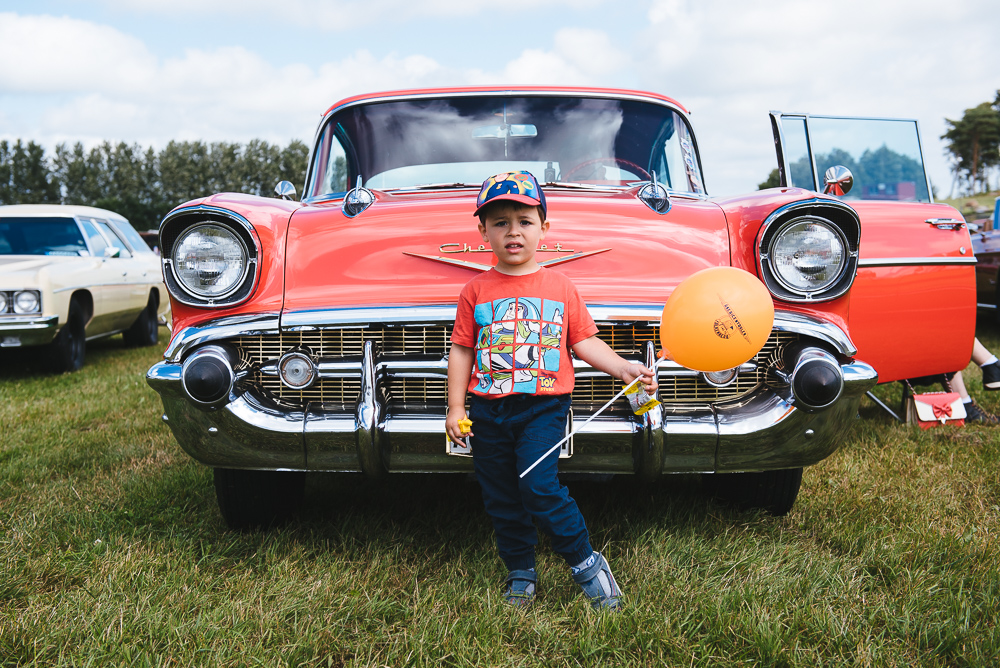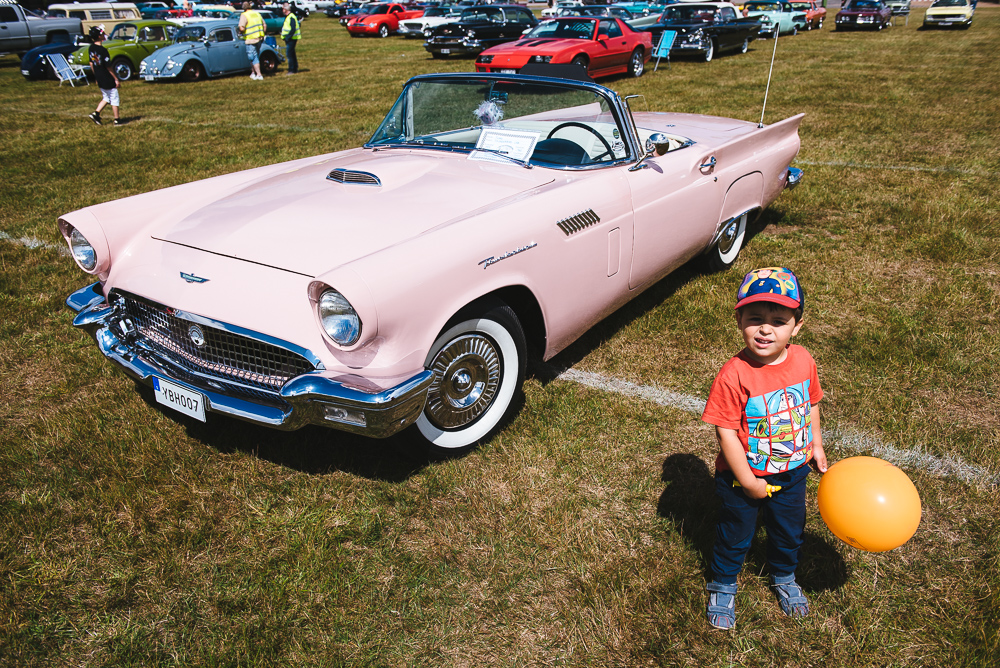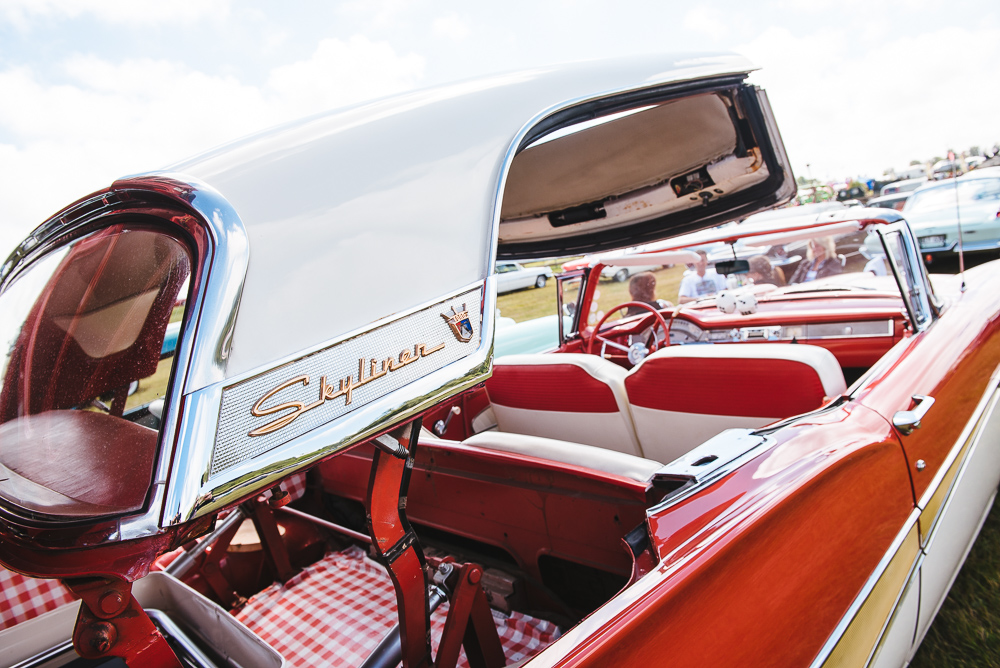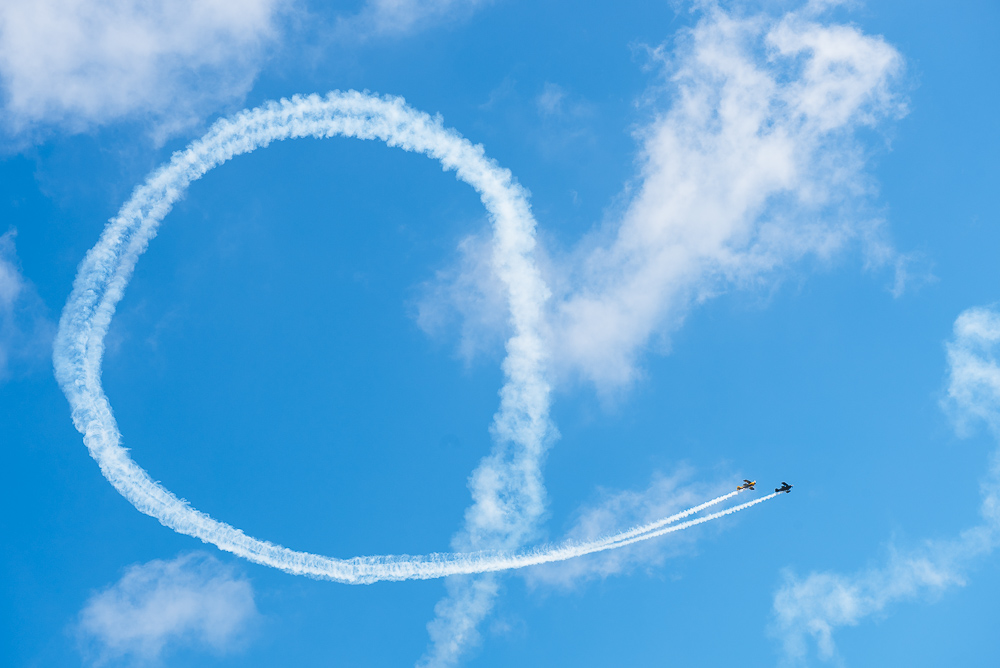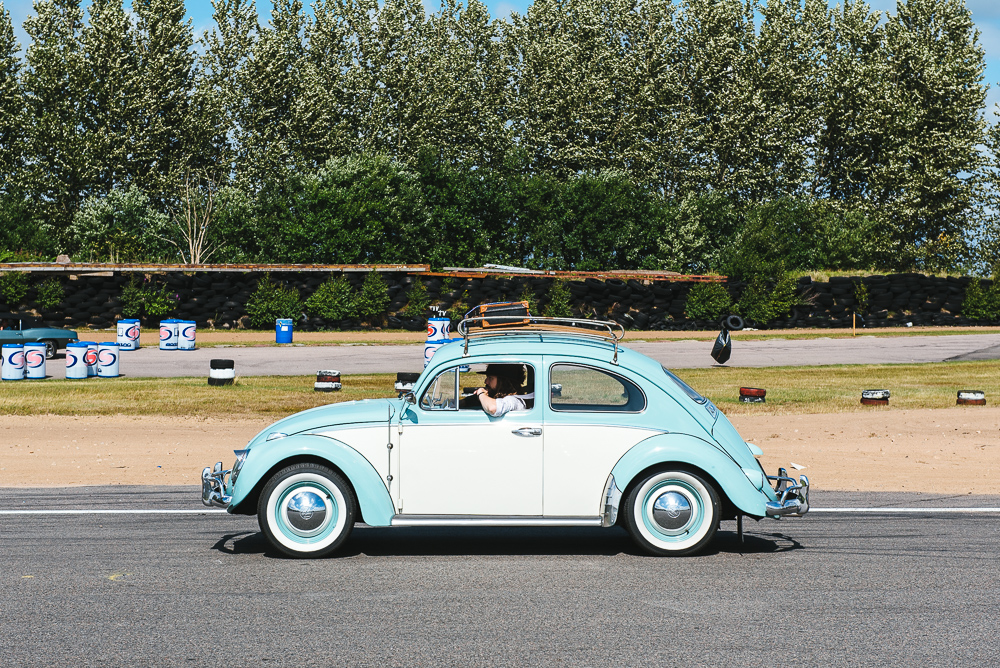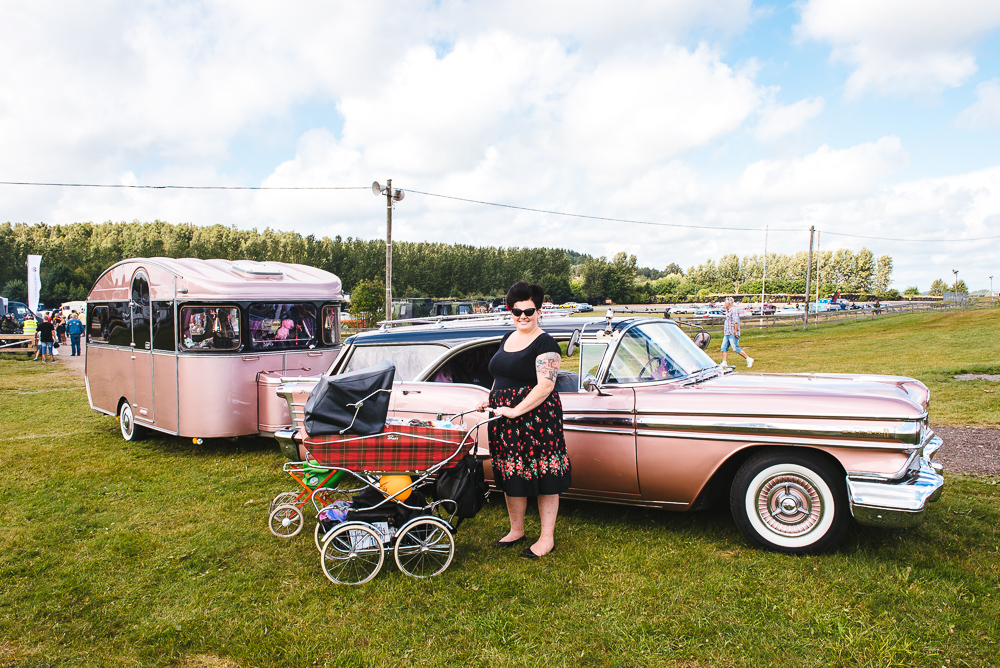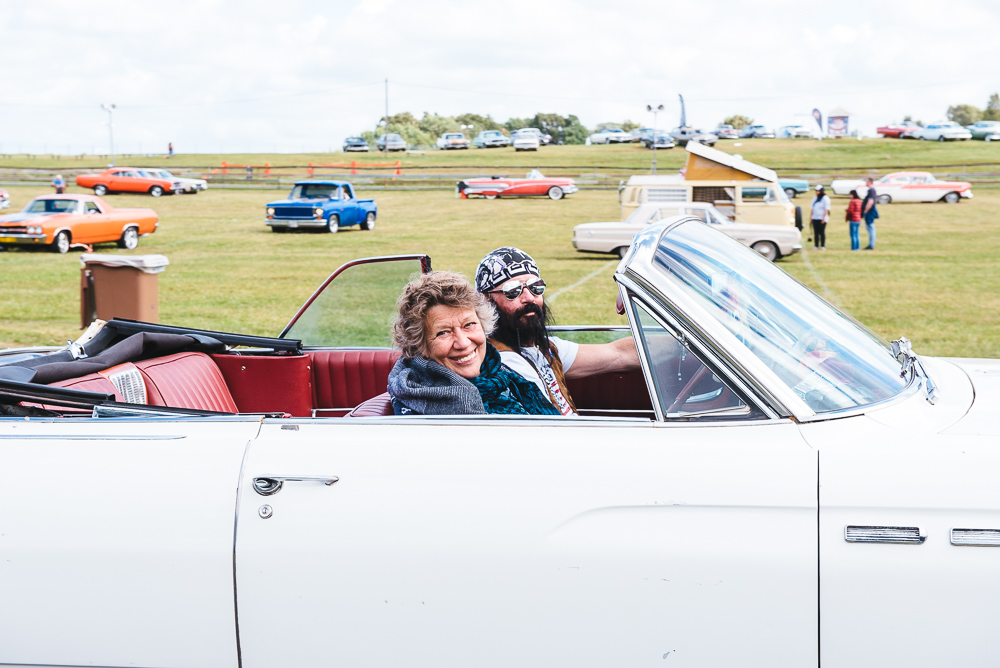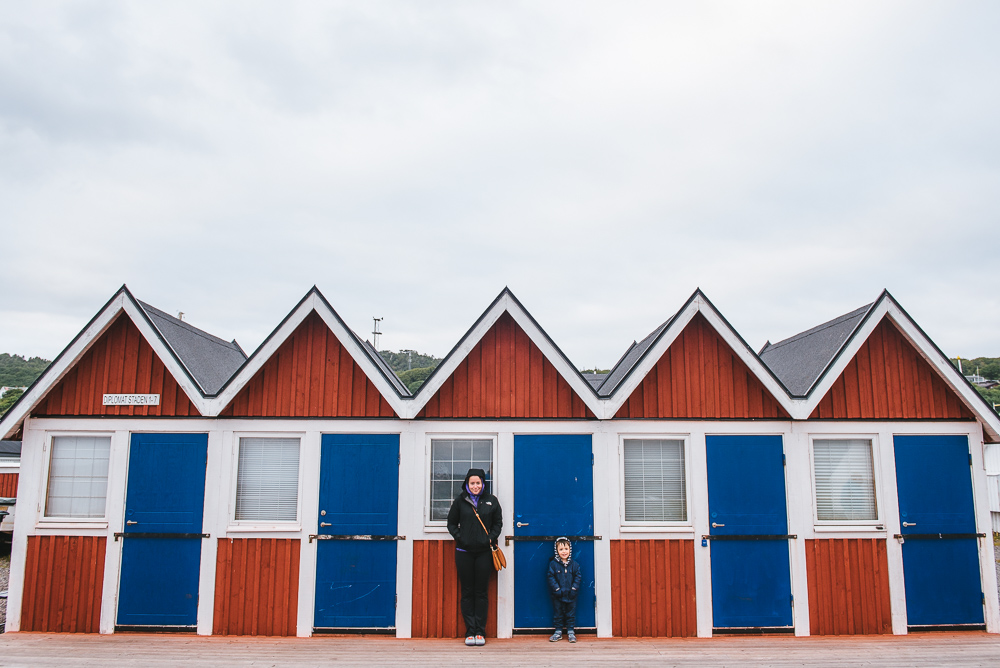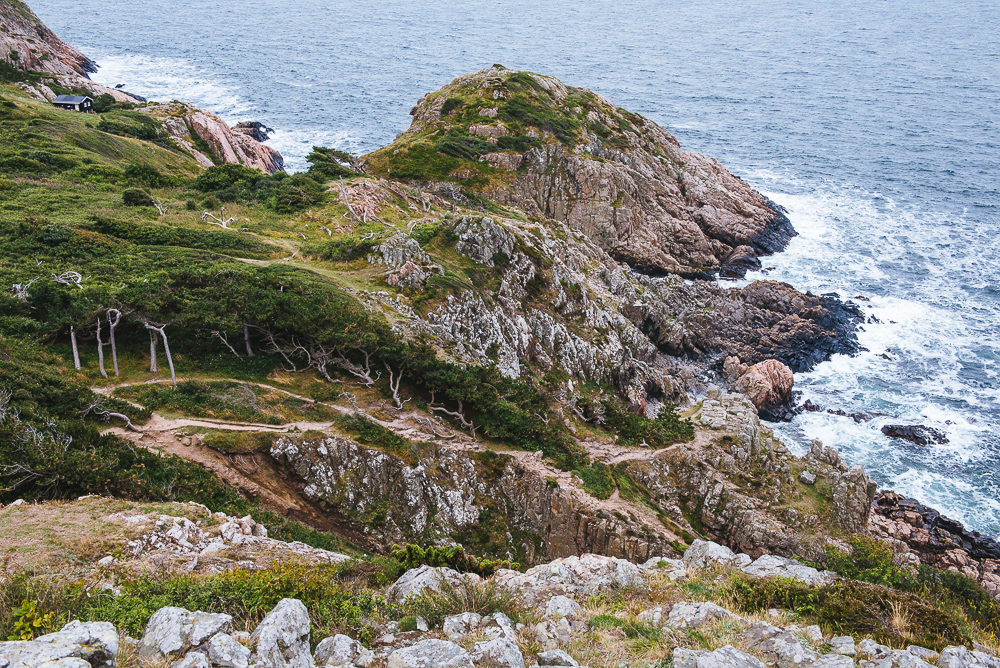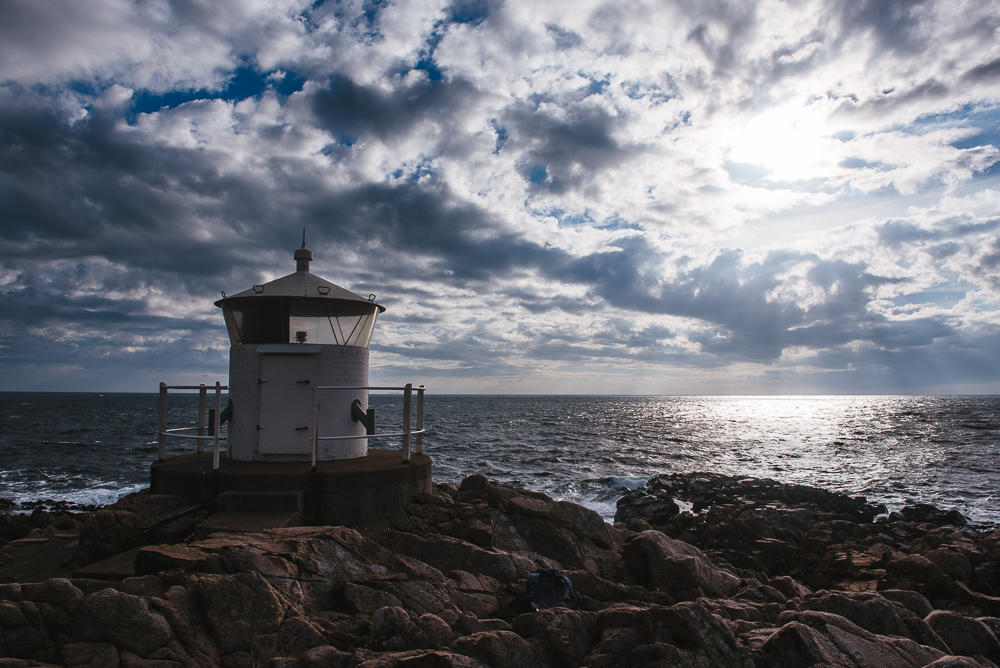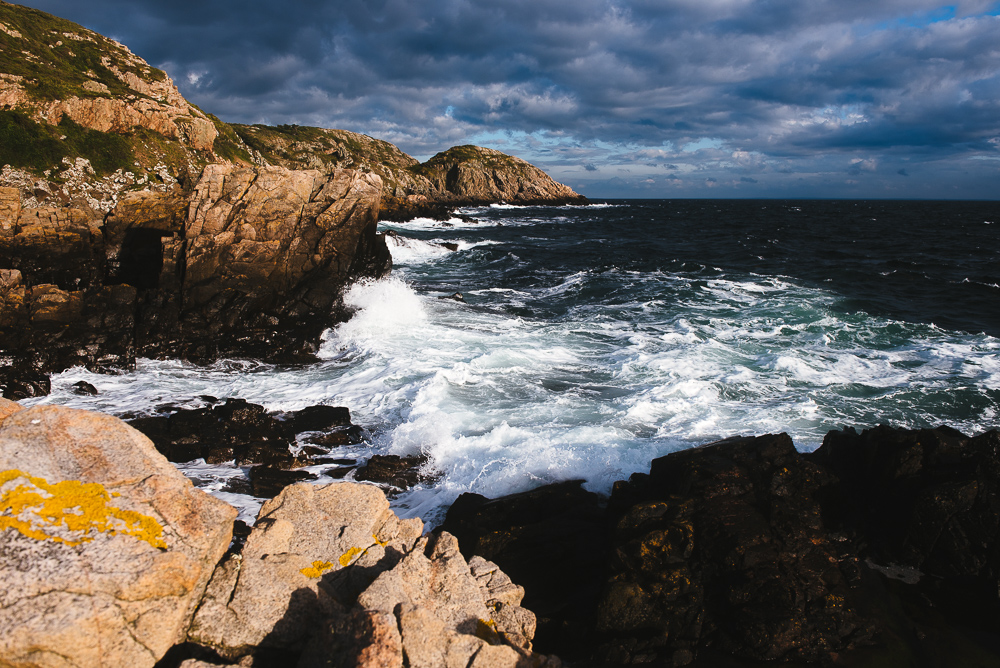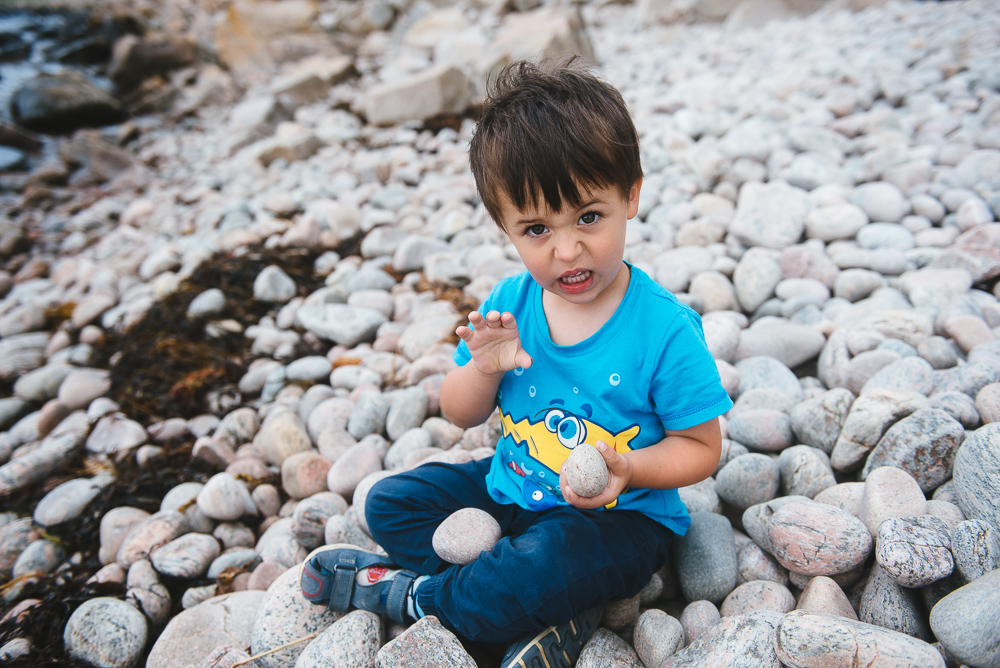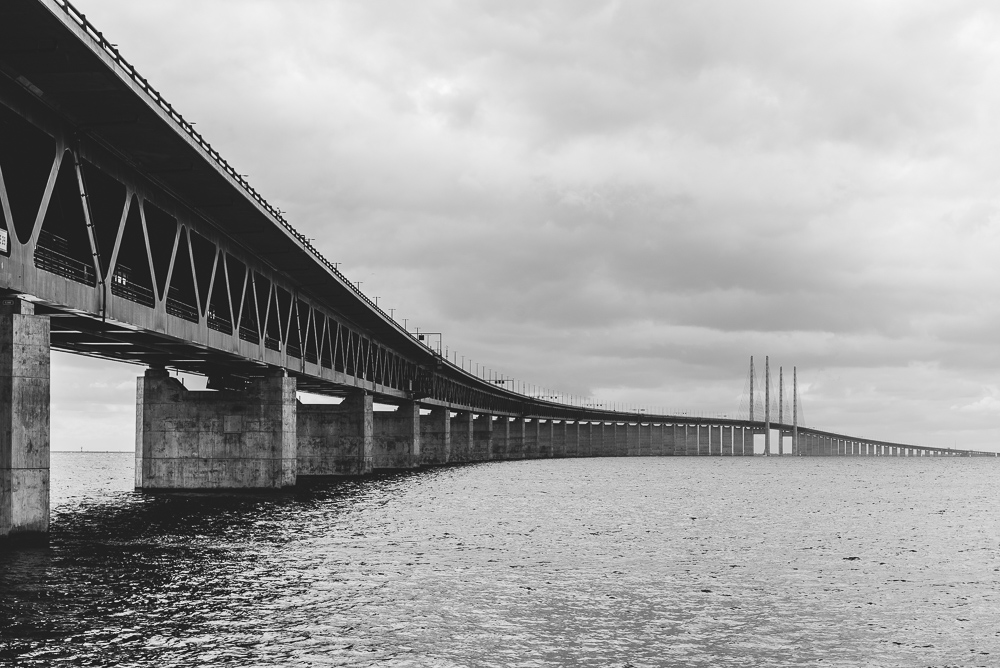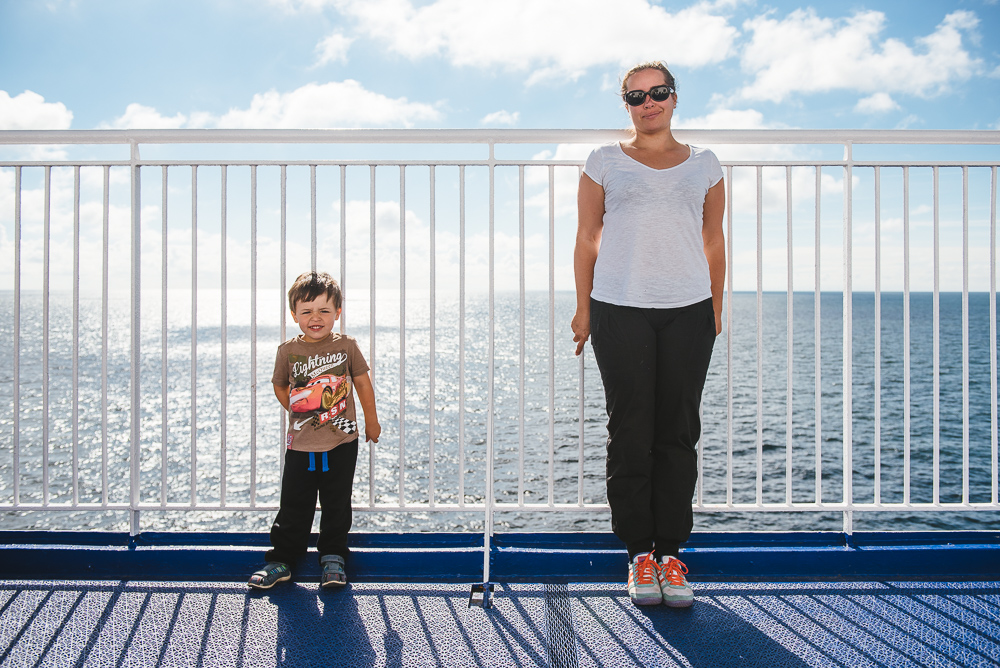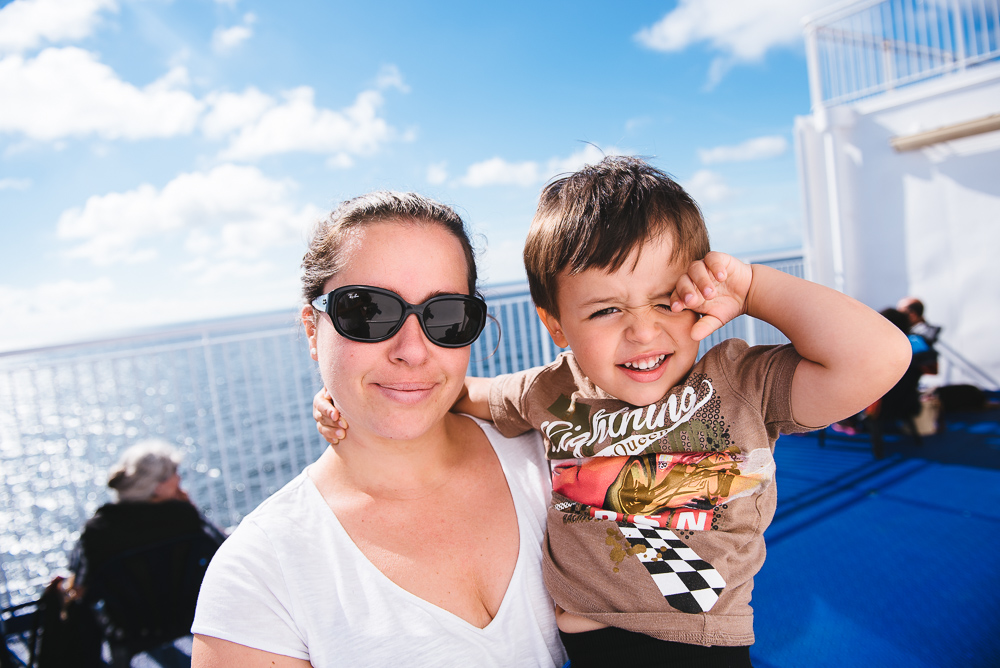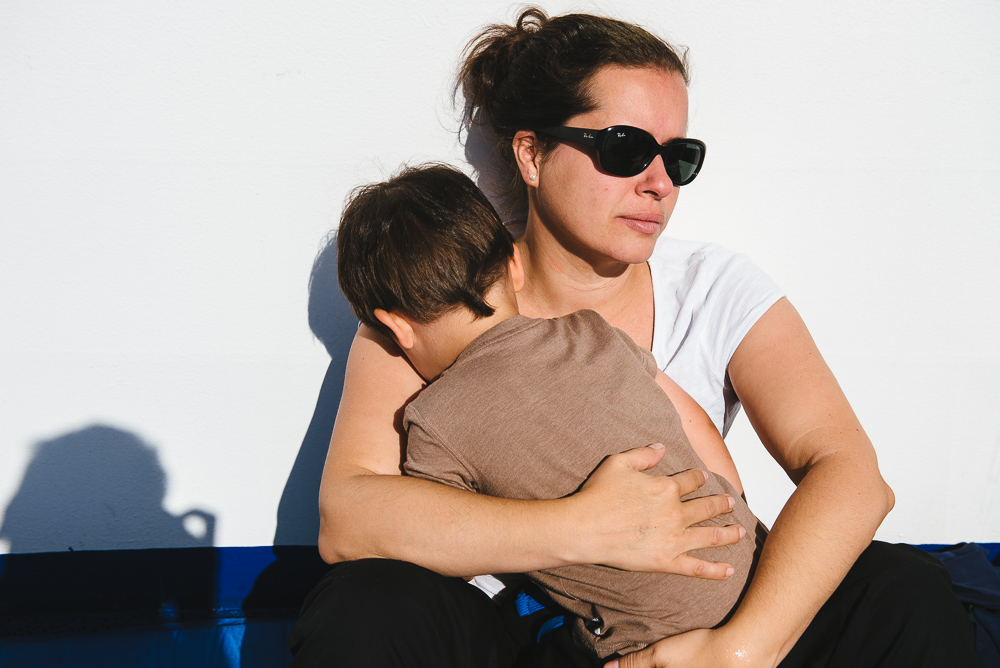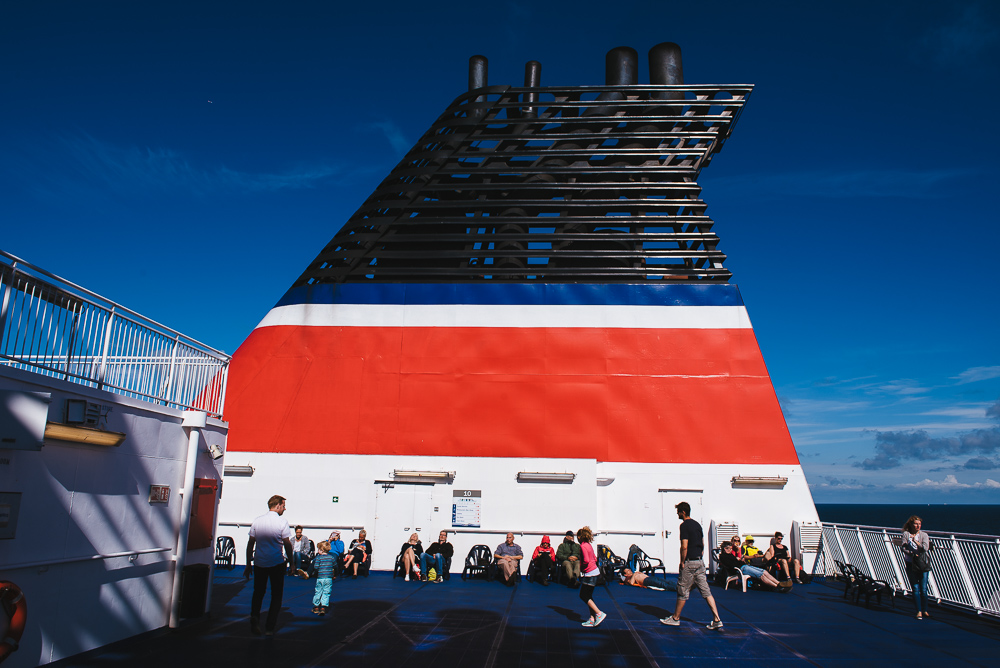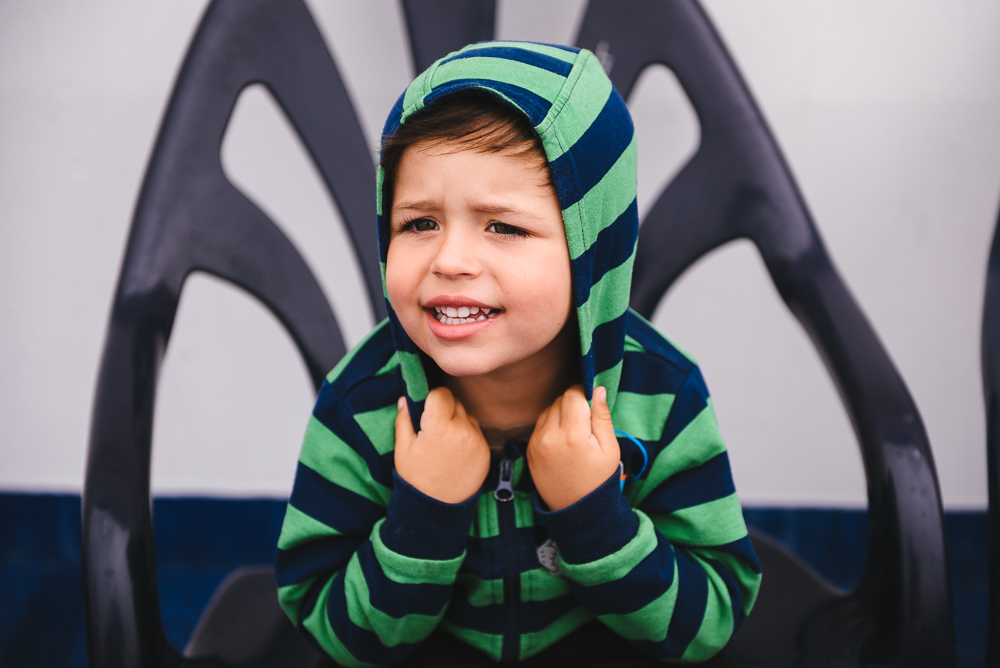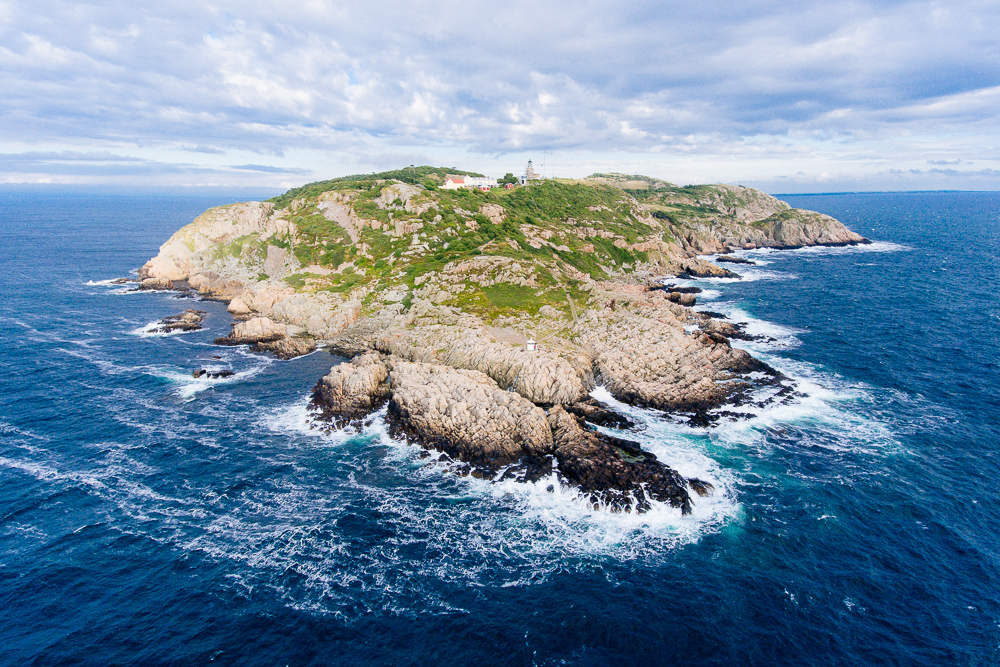During our family stay in Bali I made a 2 day trip to Ijen crater that is situated on the eastern Java. I took a public bus from Denpasar to Gilimanuk port and than sailed on a ferry to Java Ketapanag ferry port. My first plan was to hire a bike, drive to the starting parking place, freeze for 6 hours and then go to the mountain by myself. Nevertheless I was approached by some local guys with very affordable group tour in the port, and went for it. It was a mistake the company was called Febry tours and homestay, you rather avoid them.
The adventure started at midnight when we were picked up from our homestay in Banyuwangi. We drove one hour to the starting parking place. As it was Saturday, the track was full of people. All of the tours take you to the crater at around 2-3 am in order to see the so called blue flame, which is a result of a chemical reaction of sulphur at the bottom of the crater. Unfortunately on our day the conditions were not optimal and we haven’t seen it. The smell of the sulphur is very strong and I couldn’t have made it without a gas mask.
You cannot see a sunrise on the top of the crater as it is hidden by a mountain. but once the sun rays start to hit the turquoise lake, the whole picture gains on colour and the views are magnificent. Looking down into the crater, I turned right and made a walk on the rim of the crater, the landscape is very unique. As I start returning I fund out that my guide is gone. I hurry up to the parking place only to realise that the car is gone. This is the main reason why to avoid a tour. I later realised that all tours start to decent at round 7.30 and actually missing the best part of the whole trip, namely when the whole caldera is lit by the sun and plays incredible colours. If I would go next time I would just hire a motorbike as planed have a good sleep in the nearby village Licin and start at around 4 am to be at the top at around 6am. This way you would avoid the crowds going up and also have the volcano for yourself as the tours are gone at 7.30 - 8.00.
Here are some interesting facts from Wikipedia: “Ijen volcano has a one-kilometre-wide turquoise-coloured acidic crater lake. The lake is the site of a labour-intensive sulfur mining operation, in which sulfur-laden baskets are carried by hand from the crater floor. The work is paid well considering the cost of living in the area, but is very onerous. Workers earn around Rp 50,000–75,000 ($5.50–$8.30) per day and once out of the crater, still need to carry their loads of sulfur chunks about three kilometers to the nearby Paltuding Valley to get paid
The lake is recognised as the largest highly acidic crater lake in the world. It is also a source for the river Banyupahit, resulting in highly acidic and metal-enriched river water which has a significant detrimental effect on the downstream river ecosystem.”

